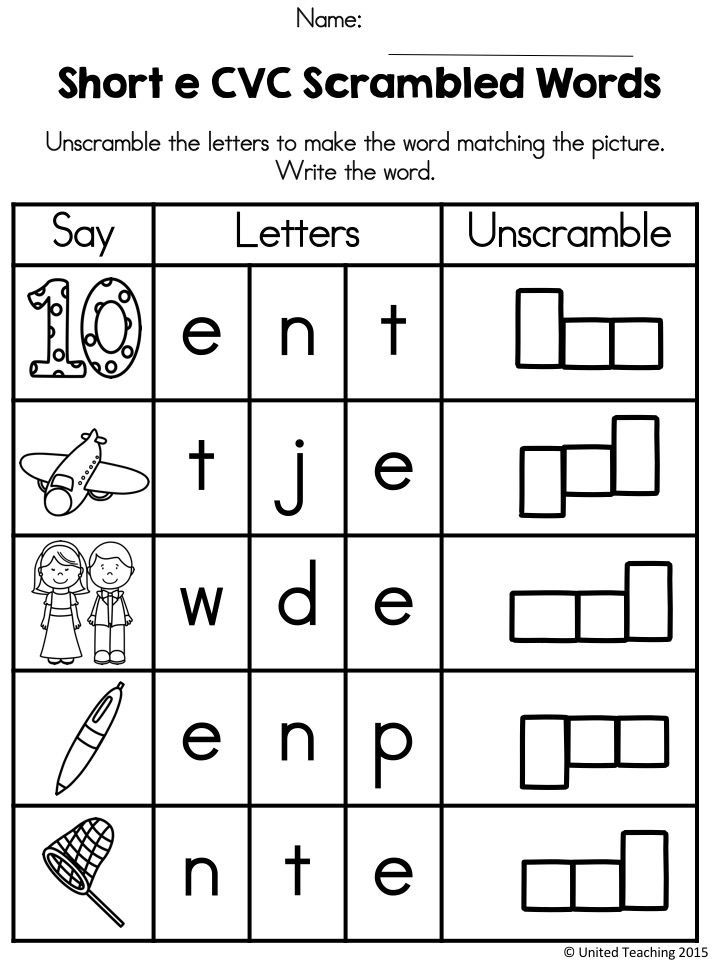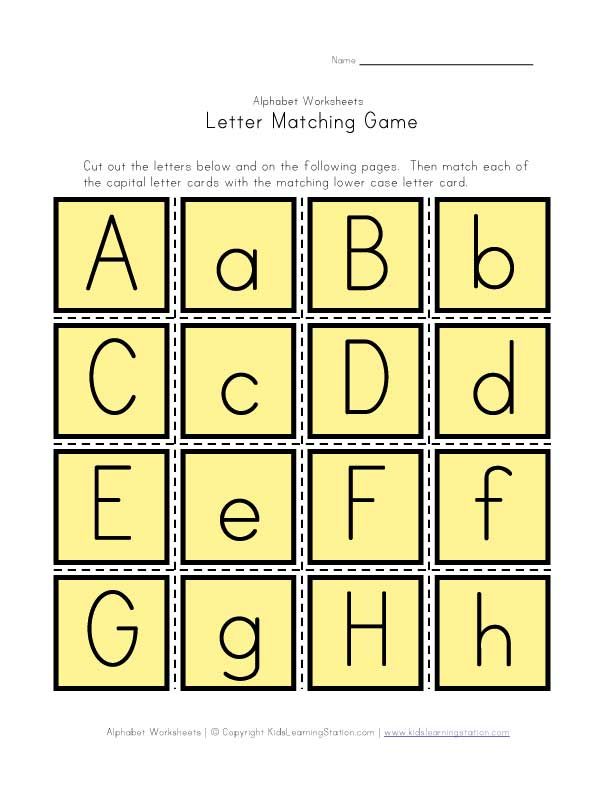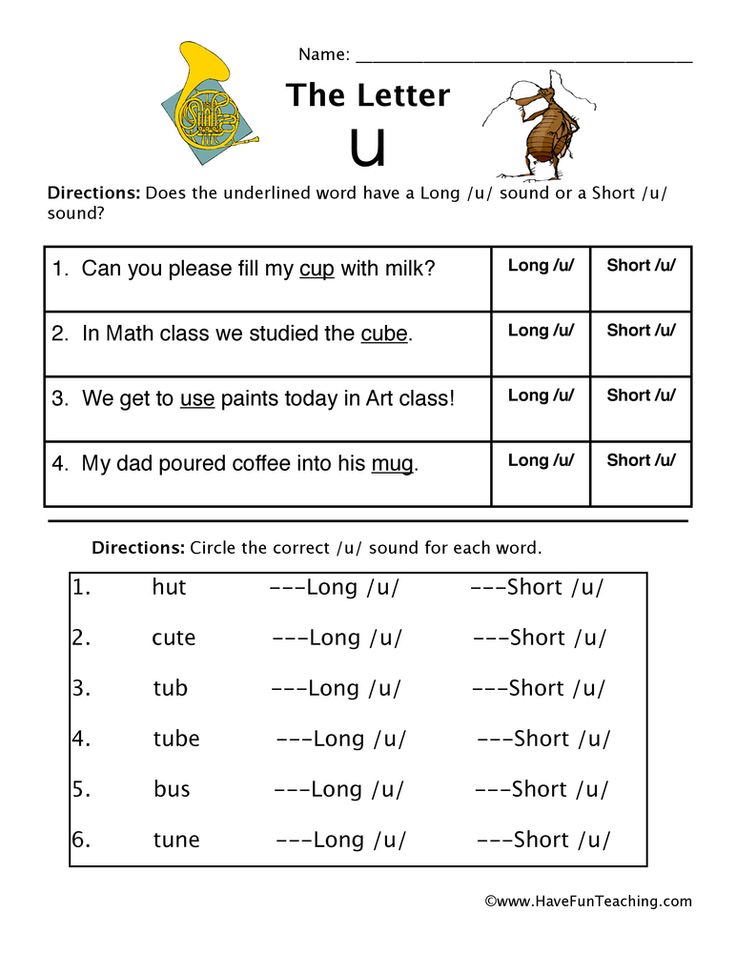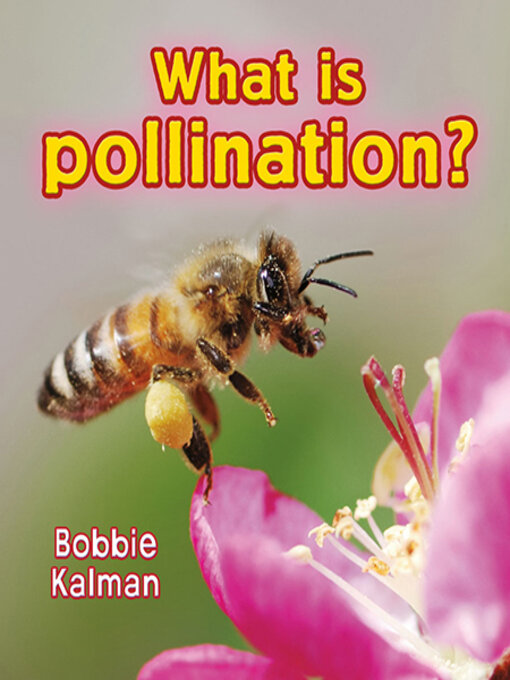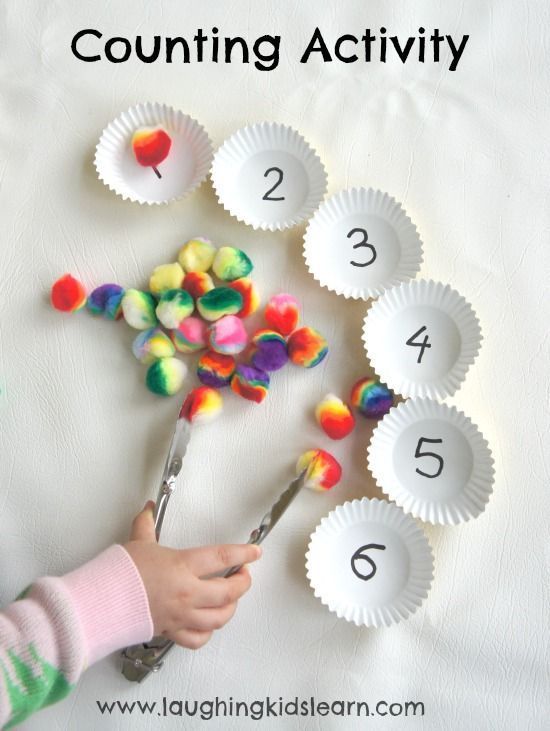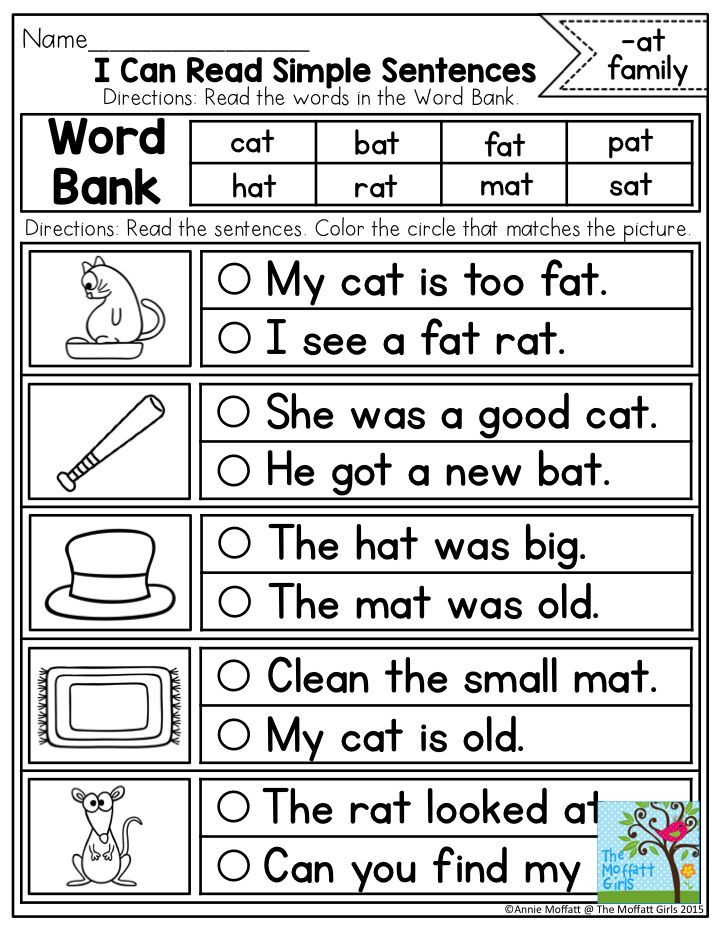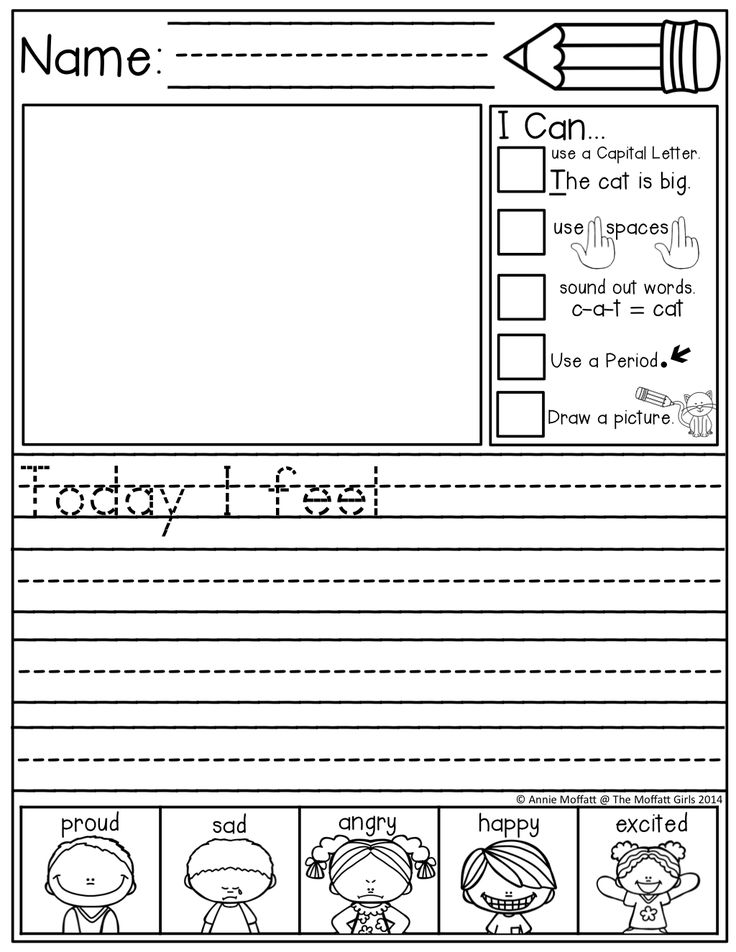Word awareness activities kindergarten
Phonemic Awareness Activities For A Strong Reading Foundation
What Is Phonemic Awareness?
Phonemic awareness is a concept that deals with identifying and manipulating single sounds in words, known as “phonemes”.
A phoneme is the smallest possible unit of sound in a language. Phonemes blend together to form words, and every word we use is made up of a combination of them.
Even though there are only 26 letters in the alphabet, there are 44 unique phonemes in English (and 250 different ways to spell them!). Fortunately, especially in words beginners need to read, most of the sounds are linked to one main letter.
If you change any letter in a word, though, you change everything! For example, take the word “rag.” If the first sound, or phoneme, of the word is changed to a “b,” then you’re left with an entirely new word (bag) with its own distinct meaning.
So when you think about it, building phonemic awareness is really about your child playing around with sounds and then switching sounds in words. It’s like a Dr. Seuss book come to life!
Why Is Phonemic Awareness Important?
It’s hard to learn how to read if you can’t match sounds to letters. That’s where phonemic awareness comes in.
Kids are often asked to “sound out” words they don’t recognize or understand. A firm grasp of phonemic awareness is the backbone of this technique!
Understanding how to break down unfamiliar words into individual phonemes can be an incredible, powerful tool for your child to use on their learning journey.
Phonemic awareness skills can also help build your child’s confidence and familiarity with the sounds and letters they are trying to read. The more comfortable they are with letter sounds the better prepared they will be for a lifetime of learning and reading!
Fun And Easy Phonemic Awareness Activities
Now that we’ve discussed what phonemic awareness is and why it’s important, we’ll walk you through some fun and easy activities you can use to help develop your child’s phonemic awareness skills.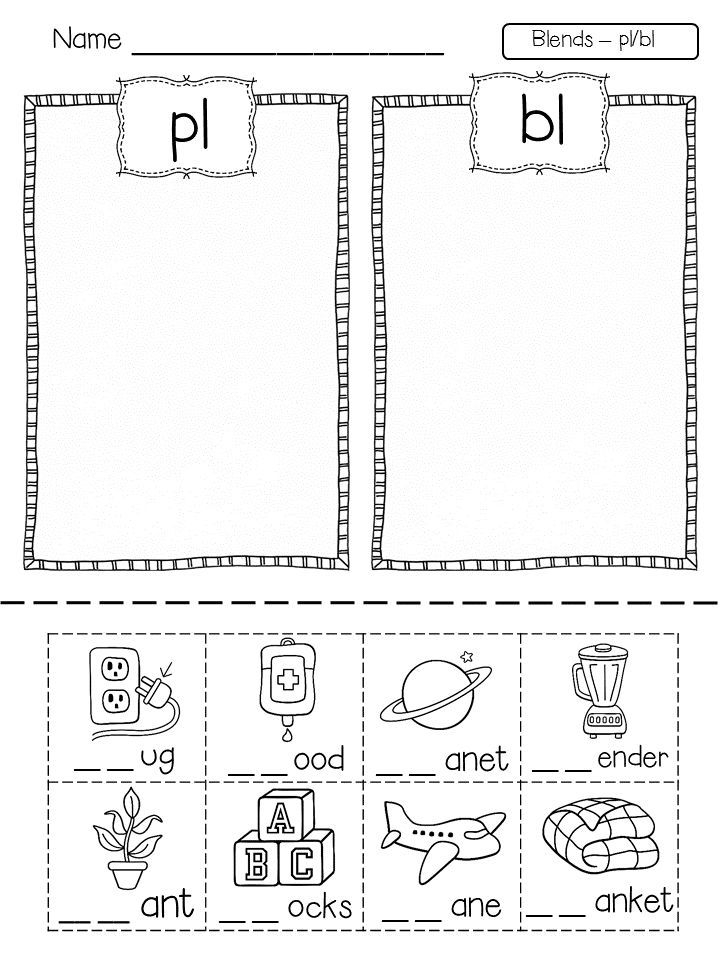
Guess-That-Word
If you’d like to give this activity a go, lay out a few items or pictures in front of your child. Aim to use familiar objects that they can easily name.
Let them know you’ll be using “snail talk” or “slow-motion” talk, meaning you will be announcing the names of the items in a funny voice. Their goal is to guess the name of the item or picture in question before you finish saying the word.
For example, if there’s a picture of a cat in front of your child, drag out the C, A, and T sounds as long as you can. Your child can jump in anytime and shout the word of the object as loudly as they can!
This game works on blending phonemes, an essential part of phonemic awareness. The game helps encourage children to pay attention to the individual sounds that make up words.
Mystery Bag
Those little plastic letter magnets that are probably hanging out on your fridge will come in handy for this one!
If you choose to do this activity, you’ll need a spare box or paper bag.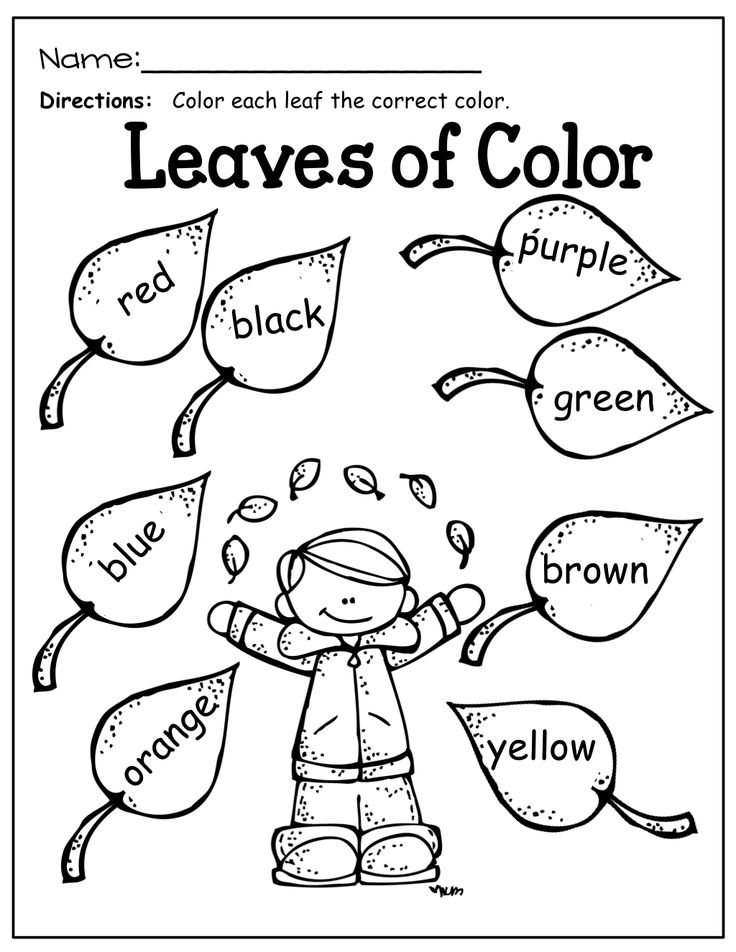 Place three plastic letters that can be used to make an easy-to-sound-out word (pat or cat, for example) inside the bag.
Place three plastic letters that can be used to make an easy-to-sound-out word (pat or cat, for example) inside the bag.
Suggest your child pull out one letter at a time. Ask them what sound each letter makes. For younger children, you can place the letters together to spell a word and sound it out for them. Then let them copy you.
You can ask older children to try to make a word on their own. If they make tap instead of pat that’s fine, of course! With more advanced readers, also consider adding more letters to make longer words.
Additionally, you can try letter swapping or letter deletion. Your child makes slip but what happens when you “steal” the “s” or the “l”? This kind of letter change is challenging but is also excellent practice!
Finally, you can also put lots of letters in the bag and then pull out a few and see if you can make a real word, a nonsense word, or (lacking a vowel) no word at all.
The mystery of the Mystery Bag is how versatile it is!
Clapping It Out
If your child loves to sing, this might be the activity for them!
You can sing any song or nursery rhyme.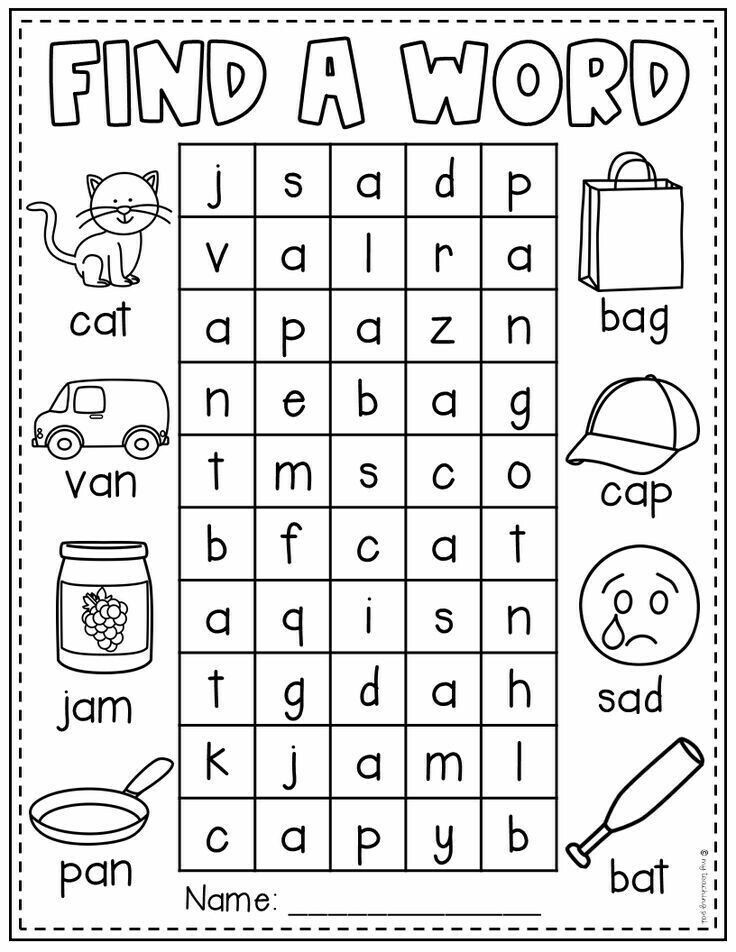 Simply have your child clap with the different syllables. Make sure you encourage them to clap loudly and enthusiastically for a fun learning experience!
Simply have your child clap with the different syllables. Make sure you encourage them to clap loudly and enthusiastically for a fun learning experience!
This activity is great for helping your child with their syllable awareness as well as their segmentation skills.
Make Some Noise!
If you’d like to explore this activity with your child, grab a few things from around the house that make a lot of noise. Whistles, pots and pans, bells, or bubble wrap are all great options.
Instruct your child to close their eyes (no peeking!) and listen to the sound you make. Once the sound is over and they think they know what caused it, they can take a guess.
Encourage them to give their answer in full sentences (“The sound I heard was a door opening.”).
After your child is able to correctly identify several individual sounds, you can mix things up by adding more noises one after another. For example, if you close a noisy door, ring a bell, then delicately tap a glass cup with a fork, your child would try to identify all three sounds.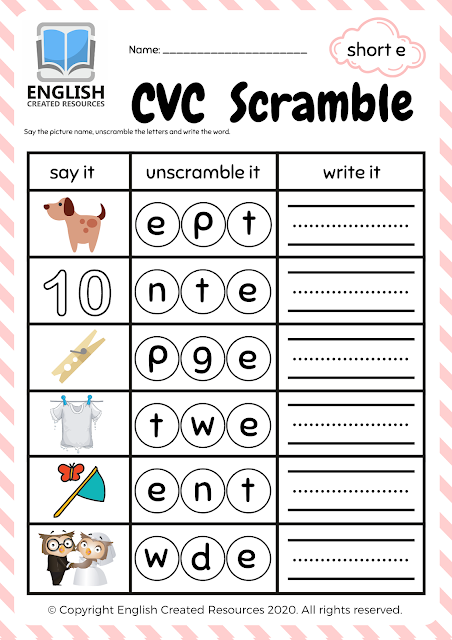
Although this game does not deal explicitly with letter sounds, it works on an extremely important skill — listening!
By helping your child practice their detailed listening skills, you can help them engage in more focused ways when they are listening and playing with word sounds.
I-Spy With Words
Another fun way to engage phonemic awareness skills is by playing the game I-Spy, but instead of colors, play with sounds. Plus, it’s mobile; you can take this game anywhere, so it’s perfect for busy families on the go!
You can say, “I spy with my little eye something that starts with the /a/ sound . . .” and wait for your child to shout out something they see that begins with that sound.
This helps them with focusing and identifying the initial letter sound in words, an important building block for strong reading as they grow.
Rhyme Matching Game
If you want to try this activity, print out pictures of common items that rhyme. For example, chair/bear, rat/mat, and so on.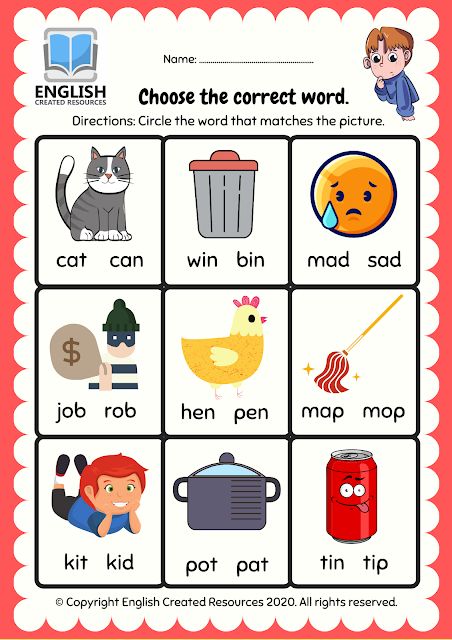
Your child will try to match the pictures to make rhyming pairs. This activity could take some getting used to for your child, but patience and practice are on your side!
If you find that your young learner needs a little bit more exposure to rhymes in order to understand how to match up the pictures, don’t be afraid to break it down for them.
You can tell them that rhymes are words that sound the same at the end. If it seems helpful, you can sit with your child and brainstorm rhyming words with them. Having you walk them through it step-by-step could be the extra support they need!
Make Your Own Rhyme
We mentioned that all of these phonemic awareness activities may make you feel like you’re living inside a Dr. Seuss book. But your child will love becoming their very own tongue-twisting, silly master of rhyming!
Dr. Seuss makes up all kinds of words in his books in order to create rhymes. Your child can do the very same thing (and learn a lot from it!).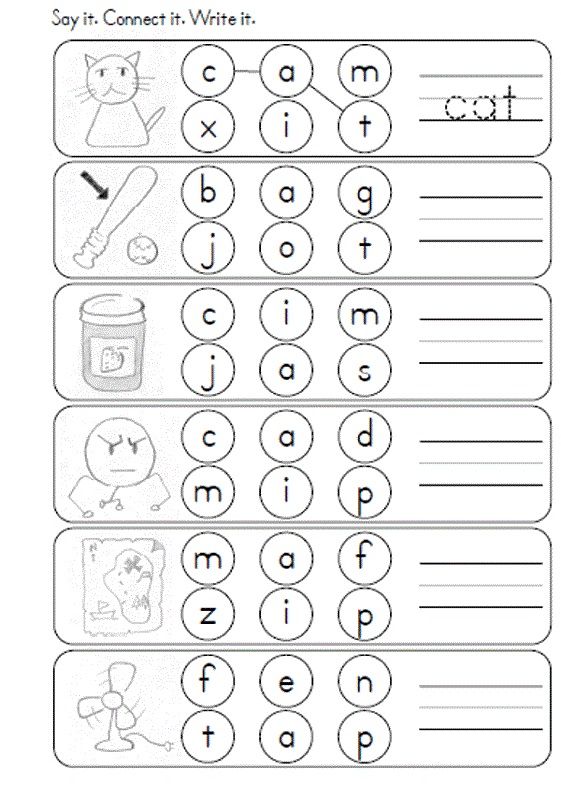
You can get them started by providing them with a funny example. Something like, “There’s a noodle in my schmoodle.” Encourage them to come up with their own funny rhyme!
Drawing A Phonetic Alphabet
If you feel like your child needs to focus specifically on the phonetic sounds our alphabet makes, this might be a great exercise to choose.
You can work with your child to draw animals that make the same sounds as alphabetic letters.
For example, draw a big, winding snake in the shape of an “s.” Since snakes hiss, they’re a wonderful representation of the sss sound.
Another option could be a buzzing bee. When bee’s fly near your ear, they make a loud “buzzz-zzz,” sound. You could help your child draw a bee flying across the pattern, with a dashed line in the shape of a “z” to show their path!
Feel free to get creative, colorful, and fun here. This will help your child hone in on their isolation skills, as well as help them learn to pay attention to their phonemes!
Find The Best Phonemic Awareness Activities For Your Child
We know your child is unique.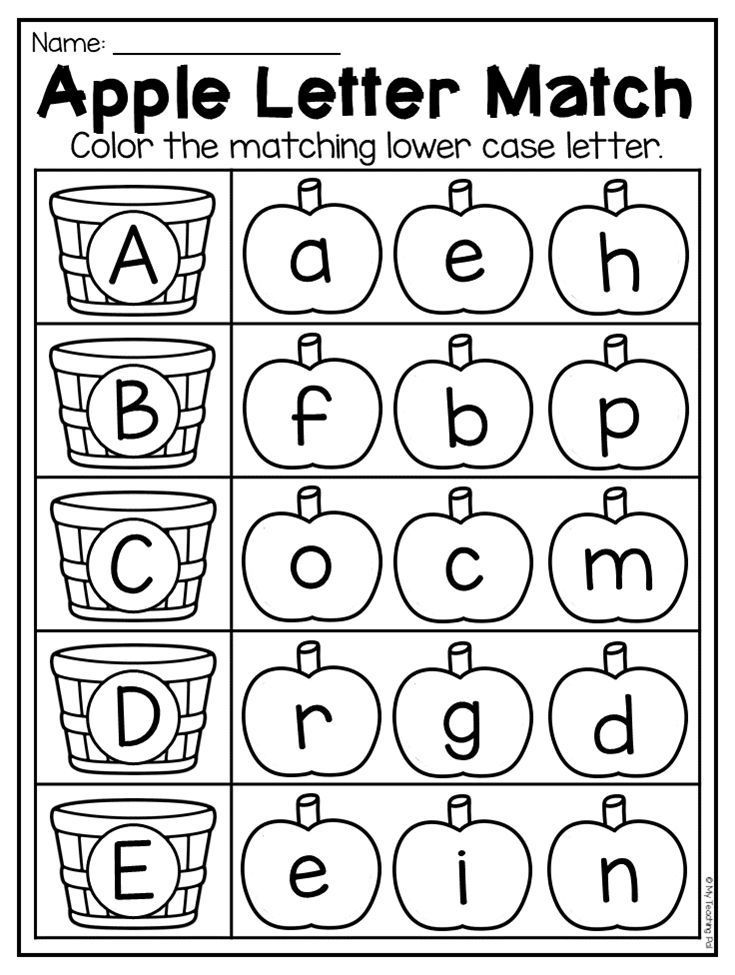 Which learning activities they respond to best might be slightly different from those a child in their class or the kid next door responds to.
Which learning activities they respond to best might be slightly different from those a child in their class or the kid next door responds to.
This is normal! Phonemic awareness activities are all about what helps your child learn in the most fun, effective, and easiest way possible.
We hope some of these suggestions gave you creative, new ideas for working on phonemic awareness in your home. If you ever find yourself wanting to explore more ideas, try our learning quiz to find more options that are just right for your child!
No matter which of these phonemic awareness activities you choose, your child is on their way to a happy, lifelong love of learning. We’re so excited to be on this journey with you!
Author
Phonological and Phonemic Awareness: Activities for Your Kindergartener
That's a complicated sounding term, but it's meaning is simple: the ability to hear, recognize, and play with the sounds in spoken language.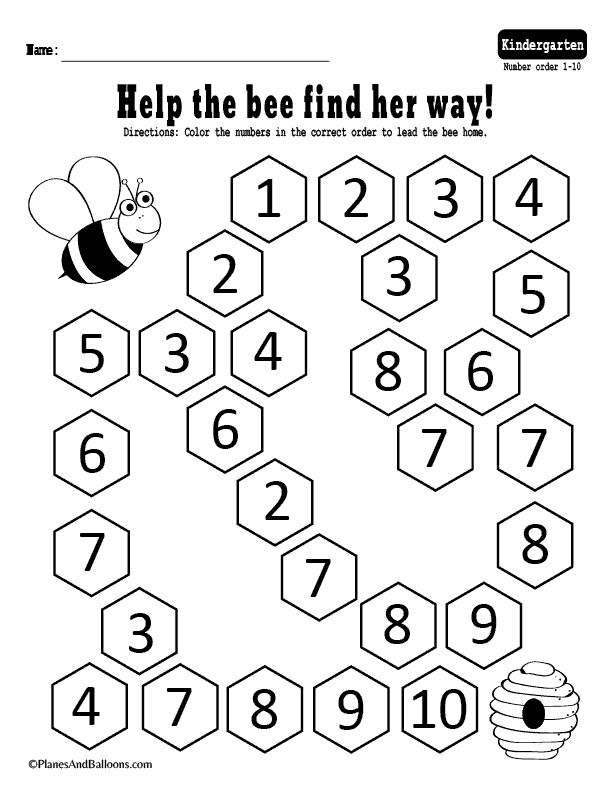 Phonological awareness is really a group of skills that include a child's ability to:
Phonological awareness is really a group of skills that include a child's ability to:
The most sophisticated phonological awareness skill (and the last to develop) is called phonemic awareness — the ability to hear, recognize, and play with the individual sounds (phonemes) in spoken words. When playing with the sounds in word, children learn to:
Strong phonemic awareness is one of the strongest predictors of later reading success. Children who struggle with reading, including kids with dyslexia, often have trouble with phonemic awareness, but with the right kind of instruction they can be successful. Learn some of the warning signs for dyslexia in this article, Clues to Dyslexia in Early Childhood.
Parents can make a big difference in helping their children become readers by practicing these pre-reading oral skills at home. Try some of the simple rhyming and word sound games described here.
Why phonemic awareness is the key to learning how to read
This video is from Home Reading Helper, a resource for parents to elevate children’s reading at home provided by Read Charlotte.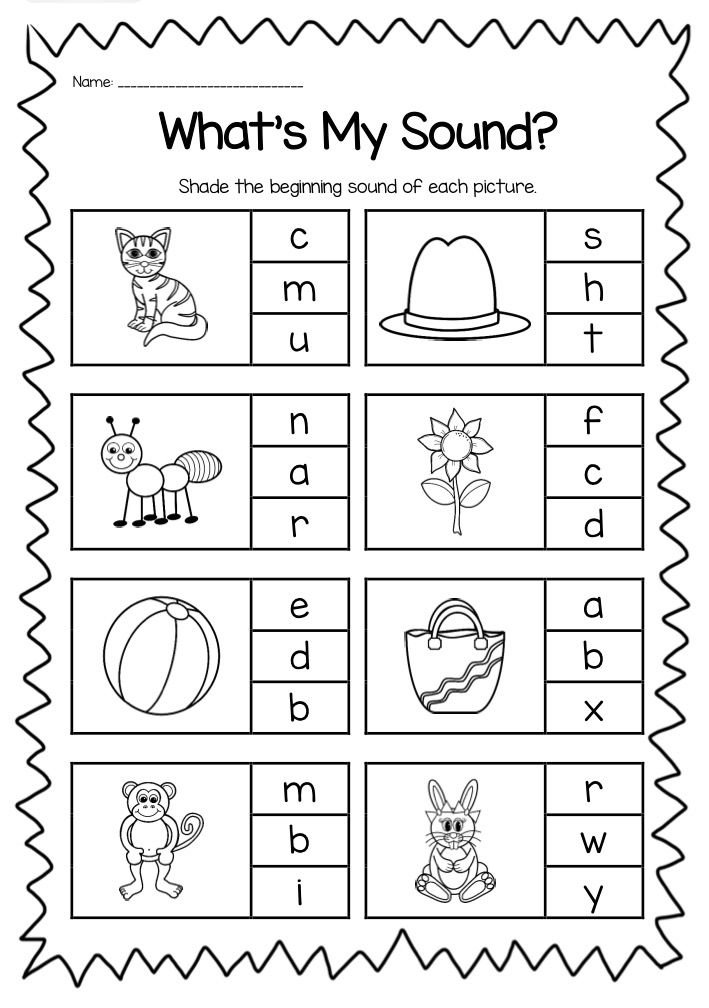 Find more video, parent activities, printables, and other resources at Home Reading Helper.
Find more video, parent activities, printables, and other resources at Home Reading Helper.
Try these speech sound activities at home
Rhyme time
“I am thinking of an animal that rhymes with big. What's the animal?” Answer: pig. What else rhymes with big? (dig, fig, wig)
Road trip rhymes
While you're out driving in the car, spot something out the window and ask your child, "what rhymes with tree or car or shop?" Then switch roles and have your child spot something and ask you for a rhyme. This can turn into a game of nonsense rhymes ("What rhymes with tree stump?") but that's great for practicing sounds, too!
Word families
Word families are sets of words that rhyme. Start to build your family by giving your child the first word, for example, cat. Then ask your child to name all the "kids" in the cat family, such as: bat, fat, sat, rat, pat, mat, hat, flat. This will help your child hear patterns in words.
Start to build your family by giving your child the first word, for example, cat. Then ask your child to name all the "kids" in the cat family, such as: bat, fat, sat, rat, pat, mat, hat, flat. This will help your child hear patterns in words.
Silly tongue twisters
Sing songs and say silly tongue twisters. These help your child become sensitive to the sounds in words.
Tongue ticklers
Alliteration or "tongue ticklers" — where the sound you're focusing on is repeated over and over again — can be a fun way to provide practice with a speech sound. Try these:
- For M: Miss Mouse makes marvelous meatballs!
- For S: Silly Sally sings songs about snakes and snails.
- For F: Freddy finds fireflies with a flashlight.
Syllable shopping
While at the grocery store, have your child tell you the syllables in different food names. Have them hold up a finger for each word part.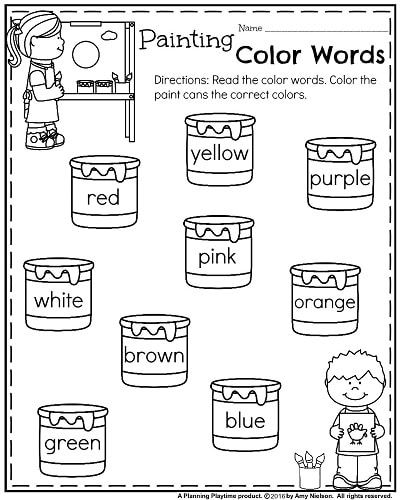 Eggplant = egg-plant, two syllables. Pineapple = pine-ap-ple, three syllables. Show your child the sign for each and ask her to say the word.
Eggplant = egg-plant, two syllables. Pineapple = pine-ap-ple, three syllables. Show your child the sign for each and ask her to say the word.
"I spy" first sounds
Practice beginning sounds with this simple "I spy" game at home, on a walk, or at the grocery store. Choose words with distinctive, easy-to-hear beginning sounds. For example, if you're in the bathroom you can say, “I spy something red that starts with the "s" ssss sound (soap).”
Sound scavenger hunt
Choose a letter sound, then have your child find things around your house that start with the same sound. “Can you find something in our house that starts with the letter “p” pppppp sound? Picture, pencil, pear”
Which letter sounds do I teach first?
Reading expert Linda Farrell recommends that you begin with teaching the letter names, and then focus on the letter sounds that are closest to their letter names (such as /v/). And here's a great tip for teaching the trickier letter name–letter sound combinations — use arm motions.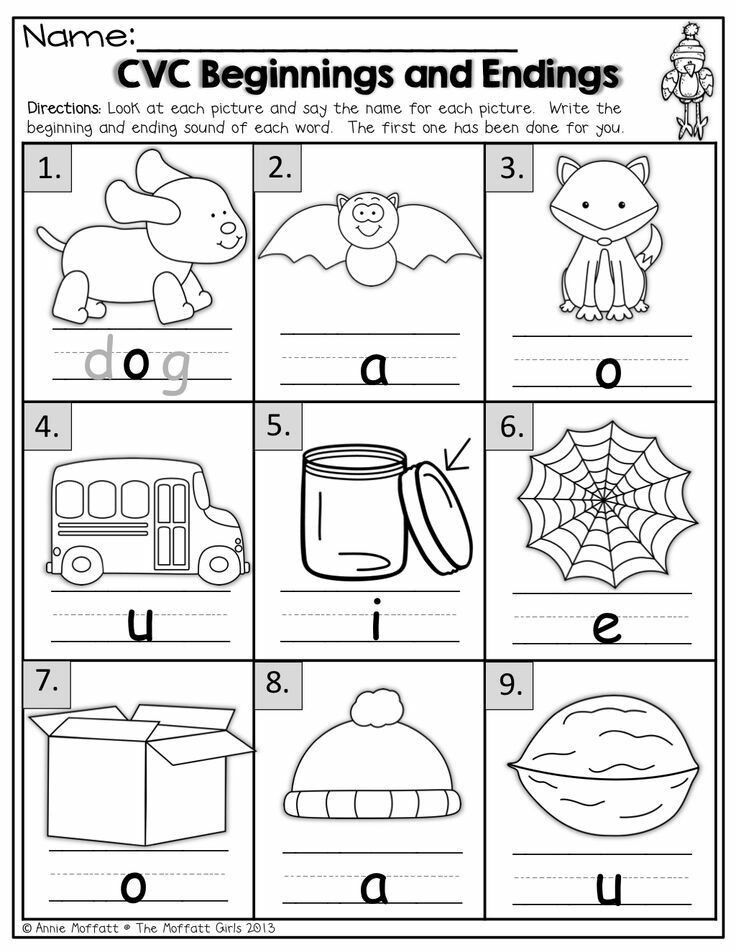 In this video, Linda demonstrates motions for /x/ and /y/. (From our video series Reading SOS: Expert Answers to Family Questions About Reading.)
In this video, Linda demonstrates motions for /x/ and /y/. (From our video series Reading SOS: Expert Answers to Family Questions About Reading.)
Sound games
Practice blending sounds into words. Ask "Can you guess what this word is? m - o - p." Hold each sound longer than normal.
First sounds
When you’re reading together with your child, pick a word from the book and say it with emphasis on the first sound. Pick another word and compare them. “Zzz-zookeeper and rrr-rhinoceros. Can you hear what sound zzz-zookeeper starts with? Is it the same as rrr-rhinoceros?
Jump, skip, hop!
Create simple picture cards that you draw or cut out of magazines. Have your child, identify what's in the picture, and then break that word into its individual sounds. For example dog is d-o-g, three sounds (phonemes).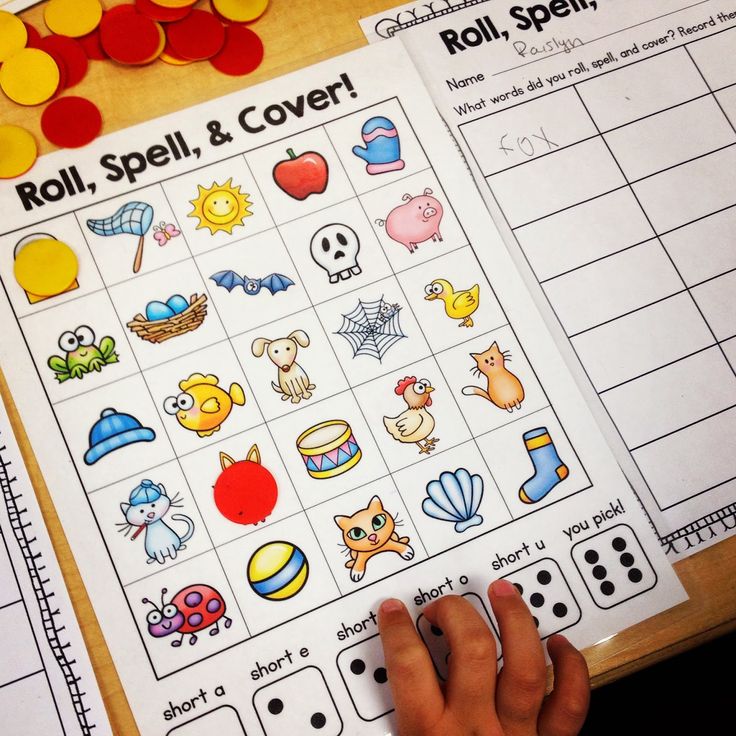 Three sounds? You and your child do three jumping jacks, skips, or hops (followed by a high-five). You can also do this game outdoors without the cards, just call out simple words for your child.
Three sounds? You and your child do three jumping jacks, skips, or hops (followed by a high-five). You can also do this game outdoors without the cards, just call out simple words for your child.
Snail talk
Tell your child you're going to communicate in "snail talk" and they need to figure out what you're saying. Take a simple word and stretch it out very slowly (e.g., /fffffllllaaaag/), then ask your child to tell you the word. Switch roles and have your child stretch out a word for you.
"I spy" blending
Here's an easy phoneme blending game you can play while talking a walk. For blending, you can say, “I see a sign that says s-t-o-p” Then your child has to blend the sounds to guess your word — stop. (Remember to say only the sounds in the word — not the letters.) Keep the words short, moving from two to three to four sounds depending on your child’s skill level.
Sound counting
Using LEGO bricks, beads, or pennies, say a word and have your child show you how many sounds the word makes.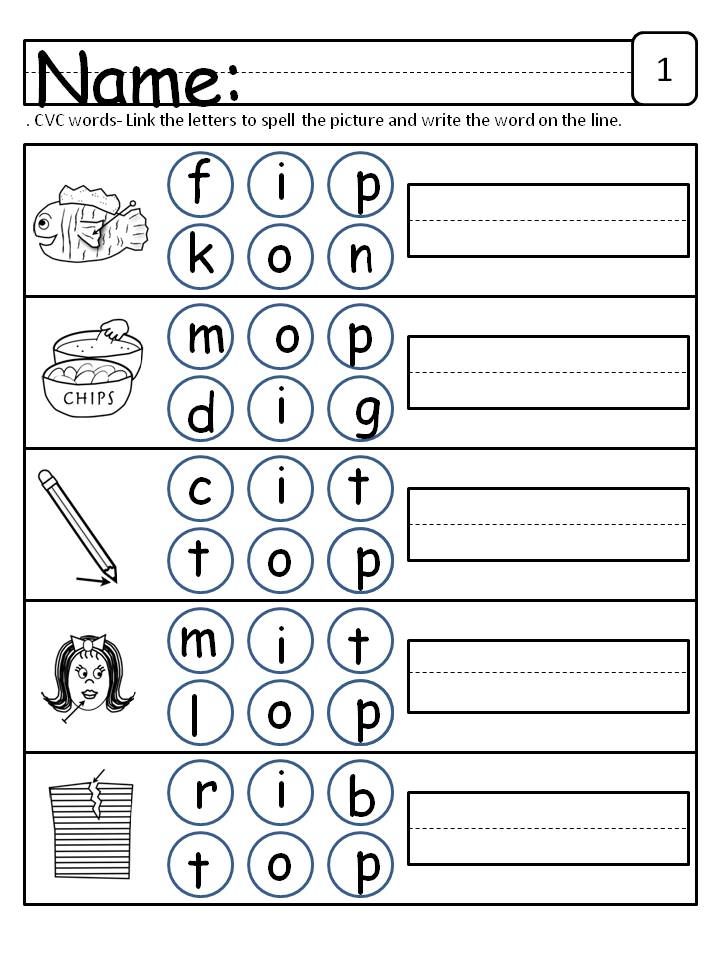 For example, top = t-o-p = three sounds, so your child would place three objects in a row. Then have them tap each object as they say the sound. Remember, your child is just showing you the sounds they hear. So the word bike would be = b-i-k (silent e) = only three sounds.
For example, top = t-o-p = three sounds, so your child would place three objects in a row. Then have them tap each object as they say the sound. Remember, your child is just showing you the sounds they hear. So the word bike would be = b-i-k (silent e) = only three sounds.
Rime house
Try this activity from the Florida Center for Reading Research (FCRR). The FCRR "At Home" series was developed especially for families! Watch the video and then download the activity: Rime House. See all FCRR phonological awareness activities here.
Phoneme dominoes
Try this activity from the Florida Center for Reading Research (FCRR). The FCRR "At Home" series was developed especially for families! Watch the video and then download the activity: Phoneme Dominoes. See all FCRR phonological awareness activities here.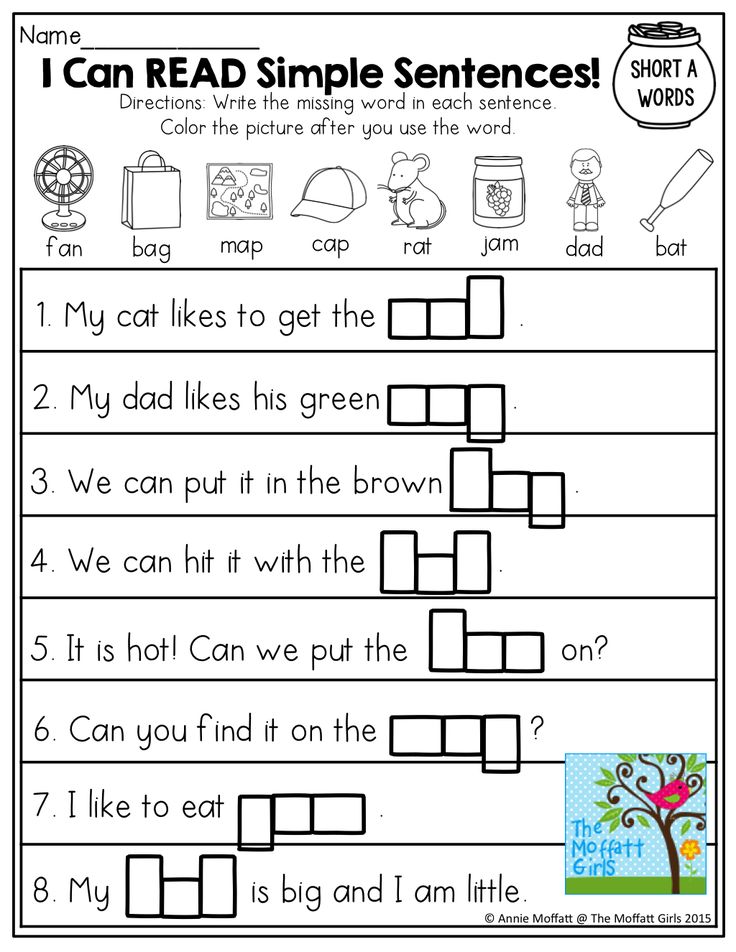
Picture slide
Try this activity from the Florida Center for Reading Research (FCRR). The FCRR "At Home" series was developed especially for families! Watch the video and then download the activity: Picture Slide. See all FCRR phonological awareness activities here.
More phonological and phonemic awareness resources
Work with children
The base platform of the GAU DPO YAO "Institute for the Development of Education" in the direction "Dialogue in kindergarten. Creating conditions for the implementation of the root-semantic approach in working with preschoolers" (order No.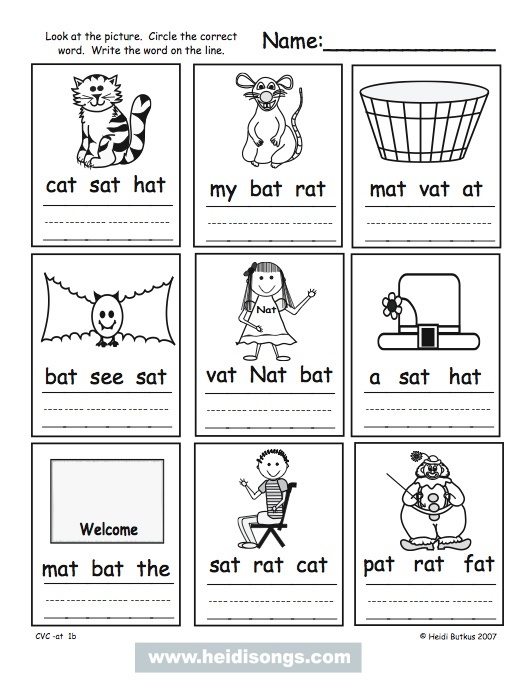 9 of 08.11.2019) since 2020 to 2023
9 of 08.11.2019) since 2020 to 2023
A kaleidoscope of events
In accordance with the action plan, the following events were held in the kindergarten:
The theme "Home" was considered by pupils of all age groups. Children got acquainted with the parts of the house: walls, foundation, roof, windows, door, porch, balcony. The teachers drew the children's attention to the etymology of the word: HOUSE - according to modern etymology, comes from the ancient root *dem- "to subdue, create, build". Etymologically, such words as “building, house” are of the same root, and they proposed to determine who is their master in the house? The children clearly defined who performs what duties in the house, they were happy to talk about their family members.
Work on understanding the word "home" for older pupils continued when they got acquainted with the architecture of our village. In the museum "House of the Peasant Yolkin" a practical lesson "Our new home" was organized for children. The children repeated the elements that they examined during the tour, looked at pictures with building materials and people whose professions are in demand in construction and as designers and architects, designed a new house.
The children repeated the elements that they examined during the tour, looked at pictures with building materials and people whose professions are in demand in construction and as designers and architects, designed a new house.
On one of the autumn days, the pupils of the Podsolnukh group visited the children's library. An ecological game "And the time of leaf fall comes again" was organized for children. A significant place in the work on the topic was taken by the work with the meanings of the words already familiar to the children: “boletus”, “boletus”, “pine forest”, “aspen”, “leaf fall”. And also children solved riddles on the autumn theme, participated in various competitions, remembered fairy tales about vegetables and fruits.
In our kindergarten, the Name Day of the work of K. Chukovsky "Fedorino's grief" (95 years old) was held. Children got acquainted with stories from the life of the author, his photographs, works, read excerpts from their favorite works, participated in a quiz and games on the theme of the work "Fedorino's grief".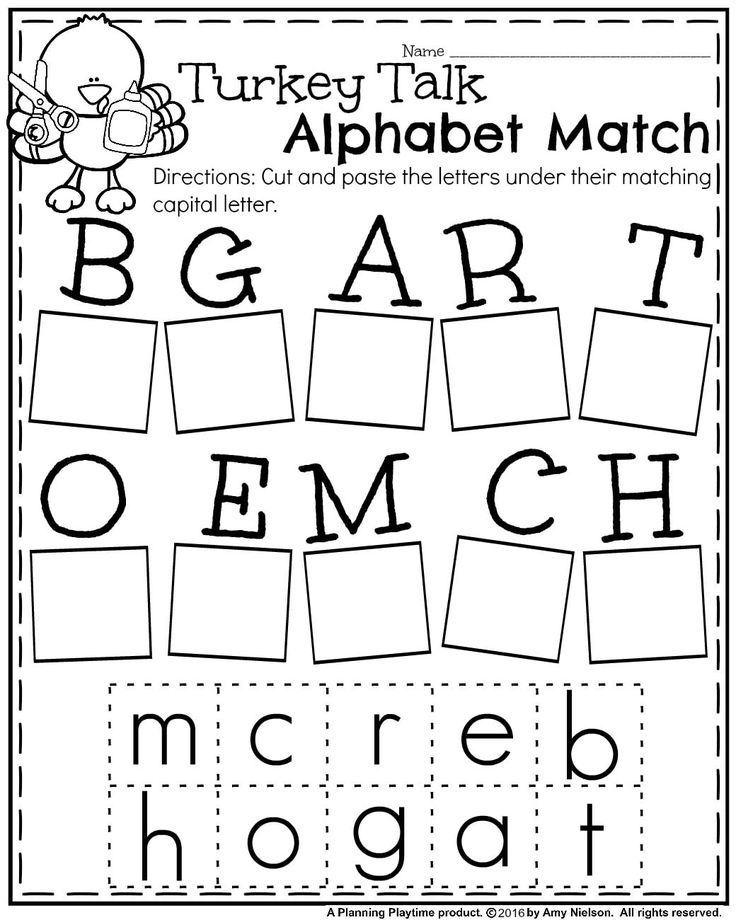
During the events for younger preschoolers, the educational activities of teachers were aimed at understanding the word "order" at the household level.
Children of senior preschool age prepared mind maps for the word “order”, in the compilation of which they independently selected pictures. The children were offered games: “What first, what then”, “Tell a story from pictures”, “Complete the task” based on the work “Fedorino's grief” in order to transfer children from the concept of the word “order” to its meaning.
When fixing the meaning of the word, children of all ages completed creative tasks on the topic "Order", using various materials: pencils, plasticine, crayons, paper.
When analyzing the works, the children were able to meet once again those words, the meanings of which are embedded in the names of objects: dishes, teapot, sugar bowl, vacuum cleaner, pressure cooker, juicer, as well as the word “family”, and make sentences with these words.
"Holiday of a friendly family".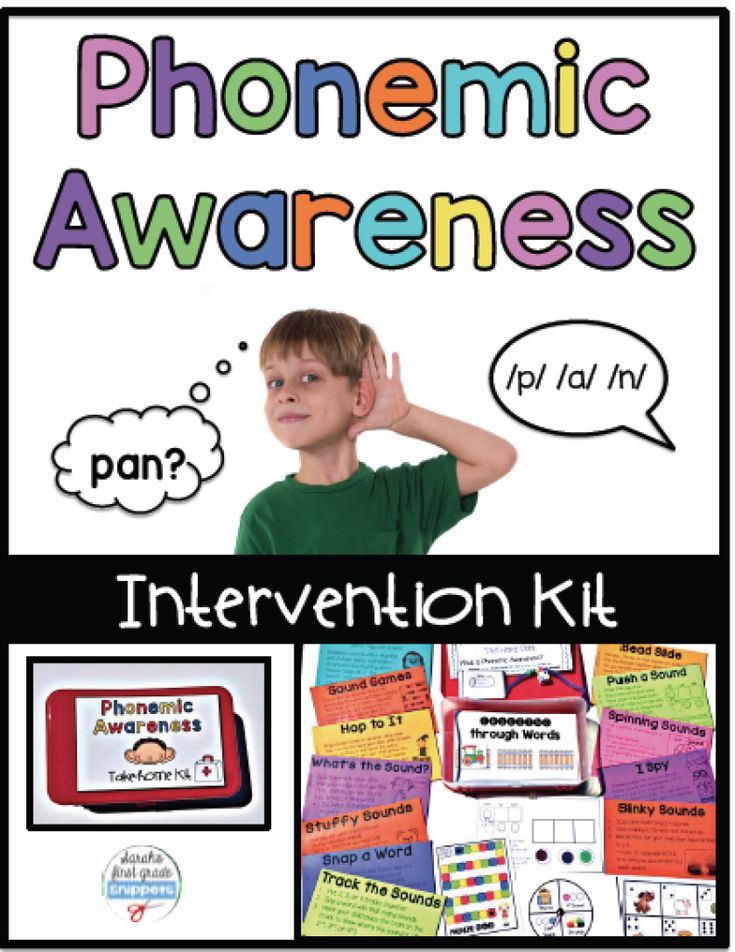 Under this name, events were held in the groups of our kindergarten, the purpose of which was to consolidate the knowledge of children about family relationships: about care, help and love. Children remember what a "family" is.
Under this name, events were held in the groups of our kindergarten, the purpose of which was to consolidate the knowledge of children about family relationships: about care, help and love. Children remember what a "family" is.
FAMILY – In Russian etymological dictionaries, this word is derived from the ancient root *tḱey- “to settle, settle down for the night”, “house as a family nest and shelter”. The ancient Greek word κώμη /kome/ "village, house, village", often found in the texts of the Gospel, goes back to the same root. The children looked at photographs, talked about their loved ones, wrote a letter to their mother, guessed riddles together, and participated in the outdoor games “Hatch and chickens”, “Quiet-louder”, beat the nursery rhyme “Because of the forest, because of the mountains ...”.
What is "clothes"? clothes , -s, women A set of objects that cover, envelop the body. Upper, lower about.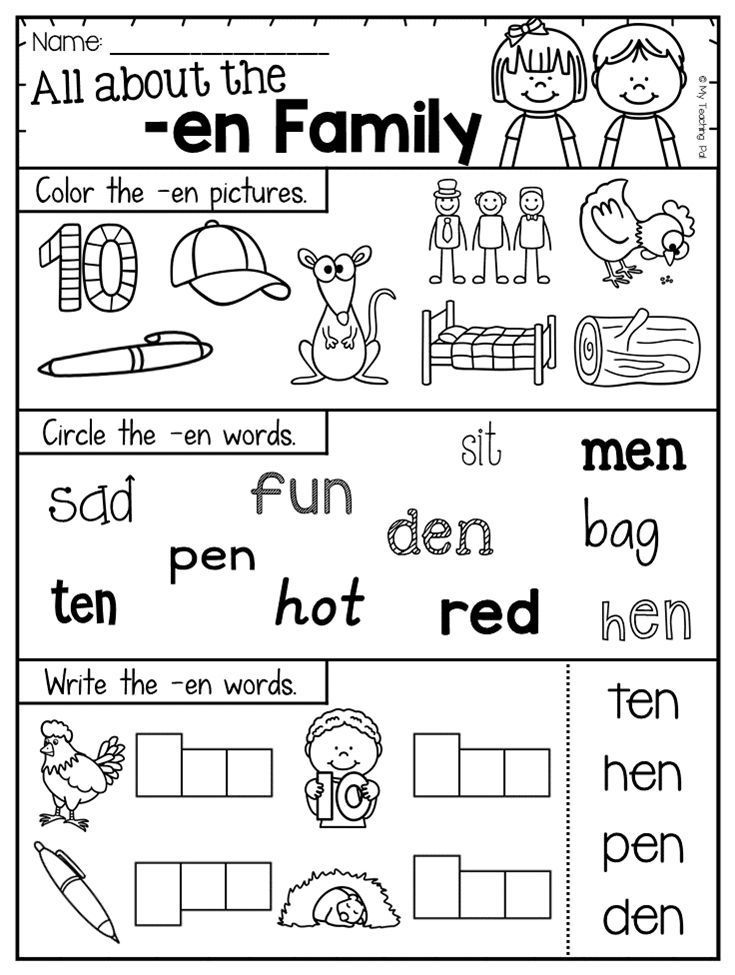 Men's, women's, children's about.
Men's, women's, children's about.
Pupils of our kindergarten talked about different types of clothing, their purpose and application. During the development of speech, they made up short stories about clothes, got acquainted with the works “Everyone Should” by V. A. Sukhomlinsky, “Masha the Confused” by L. Voronkova. Children of senior preschool age got acquainted with different types of fabric, tried to make a pattern. In the course of working on the topic, they got acquainted with the meaning of the words “ducks”, “weaver”, “weaver”, “roving”, “outfit”, completed a creative task.
Children continued to get acquainted with the theme “Clothes” in the museum “House of Peasant Yolkin”. An educational conversation was prepared for the participants of the meeting using a colorful presentation “Clothes of the peoples of the world”
Nosov "On the hill". At the beginning of the conversation, the children were asked to remember what the word "order" means.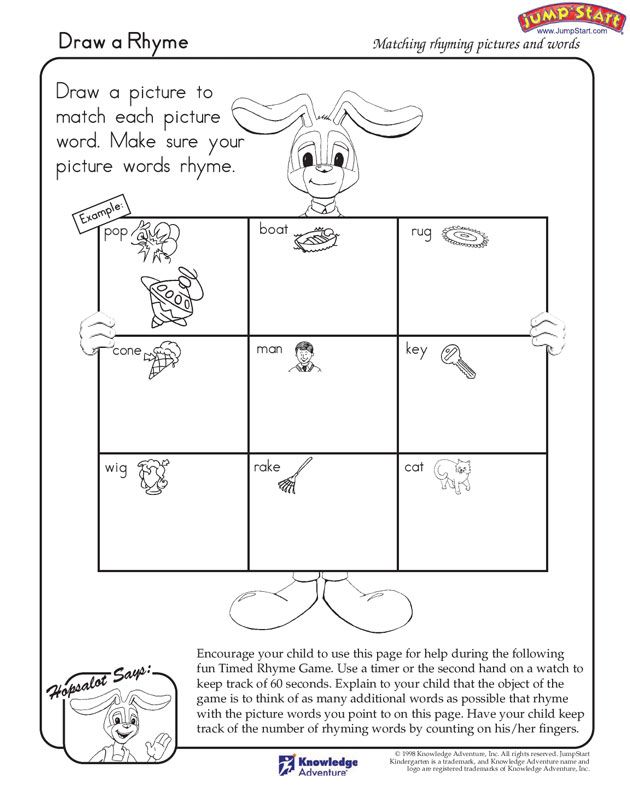 The children also named the algorithm in drawing, in designing, working according to the scheme, various constructions, the change of seasons ...)
The children also named the algorithm in drawing, in designing, working according to the scheme, various constructions, the change of seasons ...)
Since one of the favorite activities of children in winter is skiing, the teacher suggested listening to N. Nosov's story "On the Hill"
When the children got acquainted with the work, a conversation was held on the story, the order of work was determined.
Who disturbed the order of children's fun? How? How order was restored on the hill.
What similar (single-root) words to the word "order" do we know? The children called: a row, a charge, a mess, dress up, dress up.
Why do you think we named the word “dress up”, “outfit”?
How do we tell when something is wrong in a person's appearance? (put yourself in order)
The noun outfit is formed from the verb dress up, and he, in turn, dress up. So we came step by step to the common Slavic word row.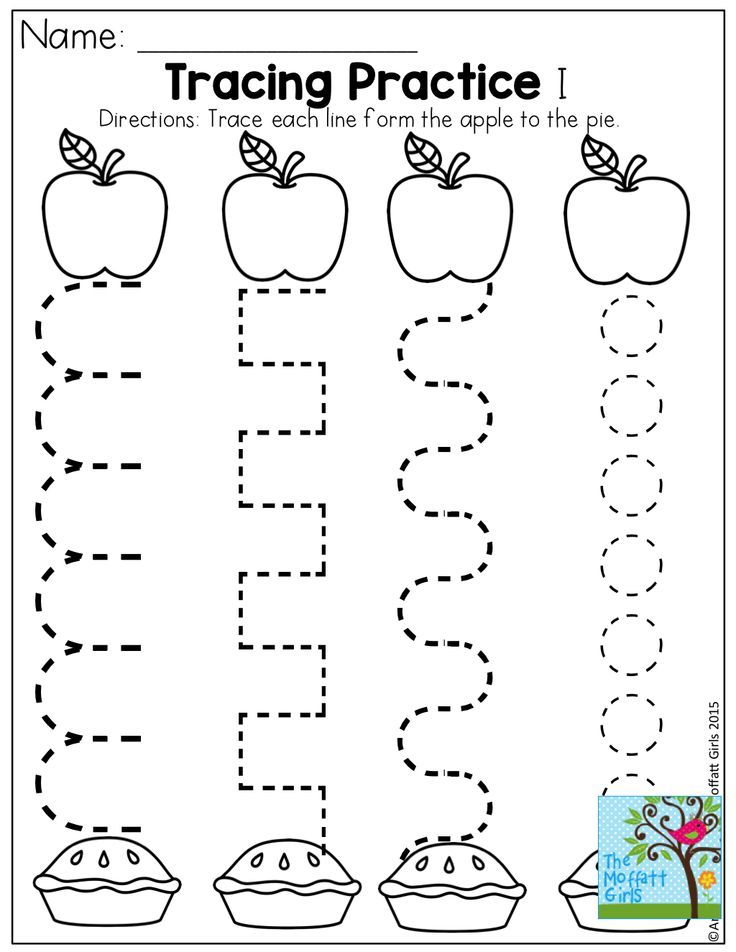 It is of the same root as the word tool, and meant in the Slavic languages "row, order, system." That's where the word "outfit" had the meaning of not only "clothing", but also "order".
It is of the same root as the word tool, and meant in the Slavic languages "row, order, system." That's where the word "outfit" had the meaning of not only "clothing", but also "order".
The teacher called the word "decent" and suggested thinking about who you can say that about. The children named "man". To the question: “a decent person” - what kind of person” - the children answered: he loves order, neat, likes to dress beautifully, is not late, does everything right.
Integrity is the moral quality of a person who always keeps his promises and does not deliberately harm others.
To the question: “Which literary heroes can be called decent people?” the children named Cinderella, Tiny-havroshechka, heroes of the fairy tale “The Wizard of the Emerald City”….
When they got acquainted with the work of L. Panteleev "Honest Word", the children unequivocally characterized the main character - honest, decent, polite.
To consolidate the meaning of the word “decent”, the children were offered a creative work on the topic “Everything is in order!”
The work using the root word-semantic approach was continued when comprehending the topic: “Migratory birds”.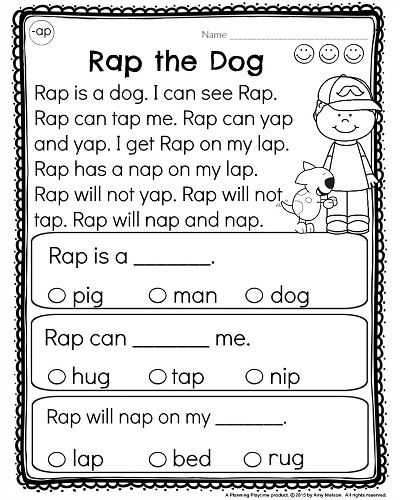 In that topic, the children mastered the meanings of the words “migratory”, “wintering”, “sedentary” birds, “nest”, “wing”.
In that topic, the children mastered the meanings of the words “migratory”, “wintering”, “sedentary” birds, “nest”, “wing”.
Independently composed sentences using these words, completed the collective work “A Flock of Tits”.
During the implementation of the topic "Toys", the children got acquainted with the history of its occurrence, learned that toys were made for children by the parents themselves from improvised materials: wood, fabric, straw, various herbs.
GAME – this word combines two ancient roots: *aig- “to hesitate”, “to move” and *ra(j) “to bow, bend down”. The first root given in many etymological dictionaries is the same as in the ancient Greek words αἰσχύνομαι "to oscillate" and possibly ἄγω "to move"; and also in the Sanskrit verb व्याव्यध् /vyāvyadh/ “circle, rotate”. This root contains the image of oscillatory and rotational motion. The second root *ra(j) in etymological dictionaries, in this regard, is not mentioned in a word, although its presence is obvious. In Russian, the words to please “to take care, try” and for the sake of “for” go back to this word.
In Russian, the words to please “to take care, try” and for the sake of “for” go back to this word.
In the course of working on the topic, the children analyzed the meaning of the words “yula”, “matryoshka”, “wheelchair”, “dishes”, “steam locomotive”, “dump truck”, talked about their favorite toys, drew
In the course of work on the topic "Furniture, Household items." children of senior preschool age were able in practice to check whether their chair for bears from the fairy tale "Three Bears", made in the "Origami" technique, is stable, and once again to understand the meaning of the words "stand", "chair", "table", pick up the same-root words , which are far in meaning: "wall", "trunk". When playing with their crafts, the children remembered that the “bear” is an animal that knows where honey can be found.
Middle preschool children of our kindergarten got acquainted with the elements of Dymkovo painting.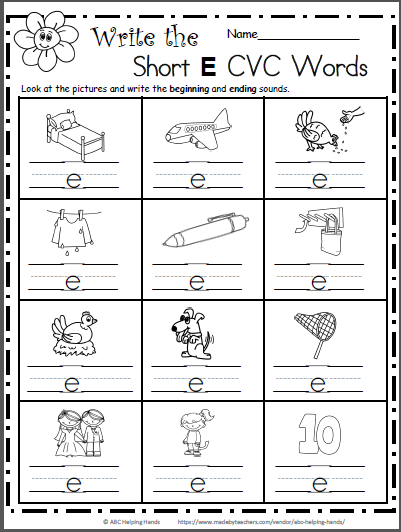 Decorating the handkerchief, we learned what each element symbolizes: a circle is a symbol of the sun, dots are stars, a straight line is a path, a wavy line is water. One of the tasks facing the teacher was to acquaint the children with the meaning of the word "shawl". So the children saw the meaning of the word “cover” and made up a semantic path from the words: “shawl”, “cover”, “cover”, “protect”. , (pro) tor ity , tra ava , tra tow, trail, thorny. As a result of friction, everything that was created from the dust of the earth turns into dust - it is erased. V.V. Sementsov.
Decorating the handkerchief, we learned what each element symbolizes: a circle is a symbol of the sun, dots are stars, a straight line is a path, a wavy line is water. One of the tasks facing the teacher was to acquaint the children with the meaning of the word "shawl". So the children saw the meaning of the word “cover” and made up a semantic path from the words: “shawl”, “cover”, “cover”, “protect”. , (pro) tor ity , tra ava , tra tow, trail, thorny. As a result of friction, everything that was created from the dust of the earth turns into dust - it is erased. V.V. Sementsov.
To get acquainted with the meaning of the word in the independent activity of the teacher with the children, an intellect was drawn up - the “WORK” card, the useful properties of which are: visibility, attractiveness, memorability, creativity and the possibility of revision.
Getting acquainted with the word “order”, teachers and pupils went from simple to complex, from the external content of the word (its meaning) to the internal (its essence, meaning).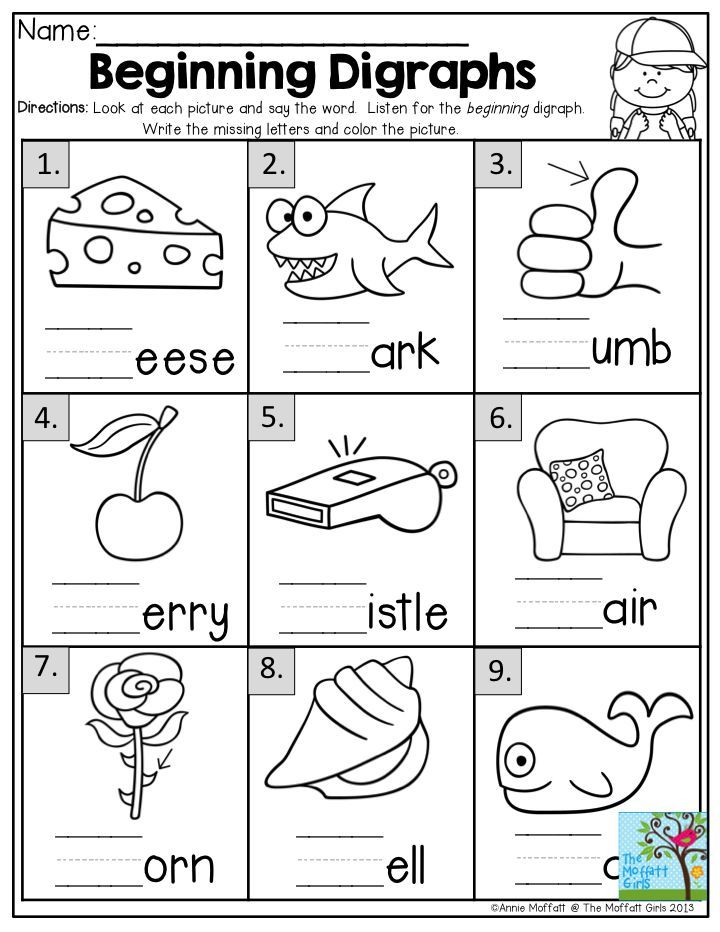 The teachers had a goal: to lay in preschoolers a positive attitude towards the word "order", as the main system-forming concept of an emerging personality. When getting acquainted with the word, teachers helped children gain interest in searching for the root of the word and select words with the same root for it, instill in children a love for order in everyday life and decency as a personality trait, promote their “ascent” from the ordinary meaning of the word “order” (material perception) to an understanding of a deeper meaning - "decency".
The teachers had a goal: to lay in preschoolers a positive attitude towards the word "order", as the main system-forming concept of an emerging personality. When getting acquainted with the word, teachers helped children gain interest in searching for the root of the word and select words with the same root for it, instill in children a love for order in everyday life and decency as a personality trait, promote their “ascent” from the ordinary meaning of the word “order” (material perception) to an understanding of a deeper meaning - "decency".
During the life of the word, all educational activities were aimed at exploring the meanings of the word "order" in various types of children's activities. Pupils also searched for it in the world around them, in nature, in mathematical representations, in musical and artistic works, etc. Defender of the Fatherland. The thematic lesson "Heroes of the Russian Land" was dedicated to the defenders: heroes, warriors, soldiers.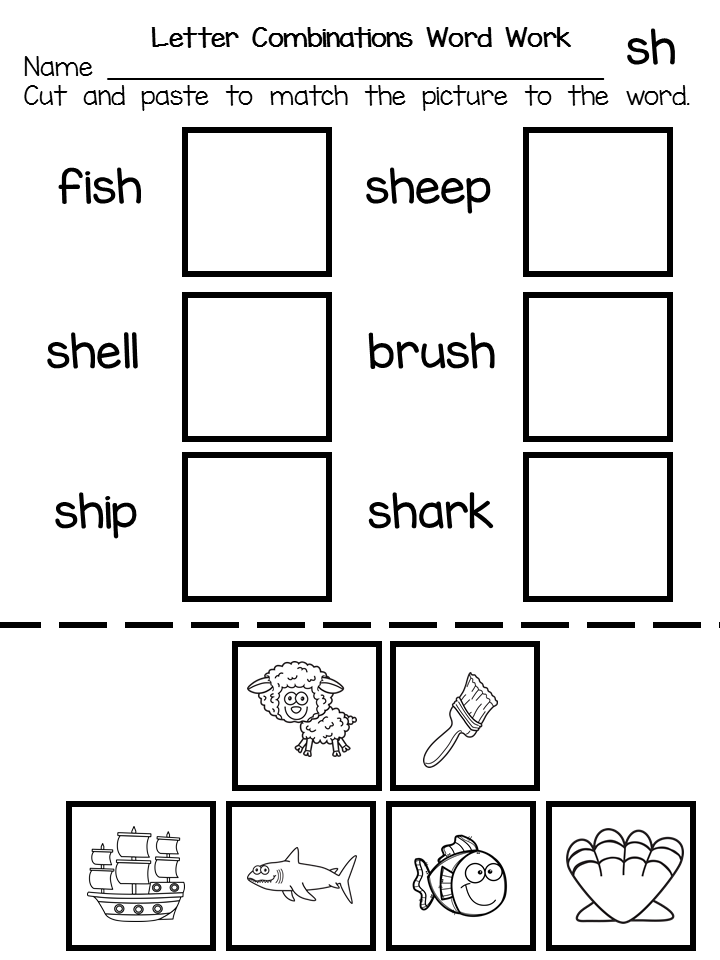 A presentation was prepared for the pupils using illustrations from ancient times to the present, the word "protector" sounded both from the screen and in the children's poems.
A presentation was prepared for the pupils using illustrations from ancient times to the present, the word "protector" sounded both from the screen and in the children's poems.
One of the areas of work with the word "protection" was the work with children on the basics of a healthy lifestyle, on protecting their bodies from bad habits and improper body care.
Theatrical performance in the "Sunflower" group in order to consolidate the meanings of the words "hear", "listen", "obedience". When staging the scenes, the works “Funny Bears” by L. Gavrilov, “Sparrow” by M. Gorky, Russian folk tales “The Frog Princess” and “Masha and the Bear” were used.
The word game for older preschoolers “Yes – no” helps to formulate the question correctly, hear the friend’s answer and guess what is in the chest.
The exercise "Telephone Conversation" helps our students to master the ability to talk on the phone in any situation: calling "Ambulance", "Police", "Taxi", brings up a moral attitude to the word and responsibility for what is said word.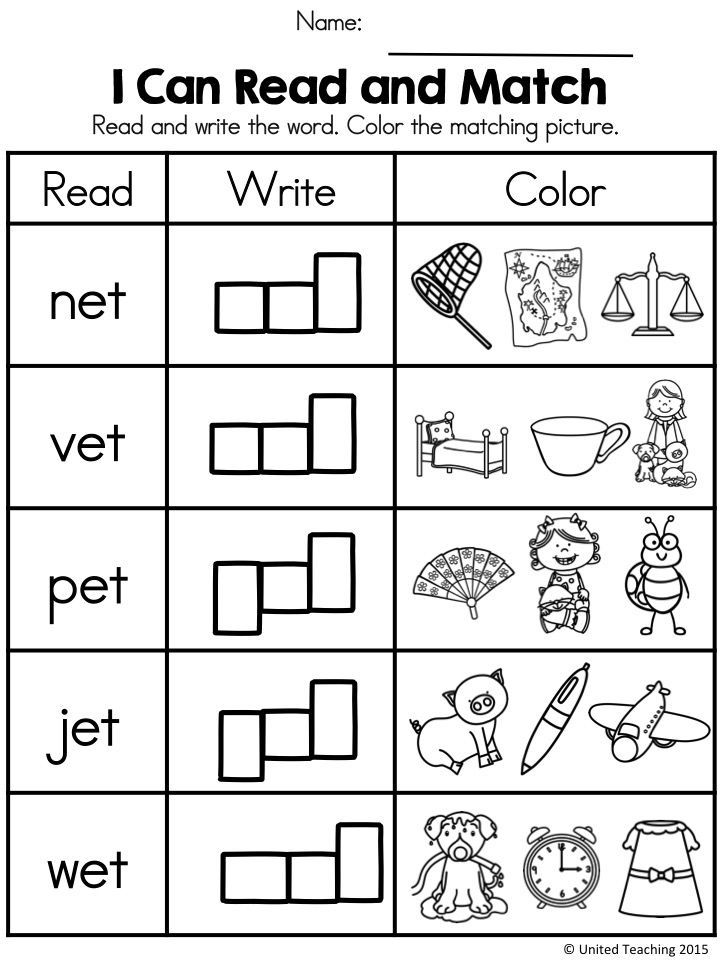
Exercise "Gift to a friend with New Year's wishes" (work on the topic "Dar. Darr.")
Compilation of the Mini-Tips "Tips of the Wise Vorobya" ( work based on the work of V. Bianchi "Sinichkin calendar")
Recommendations for the development of speech of babies -Early age -Information for parents
Preparation for active speech begins long before its appearance. In order for a child to move from a passive understanding of words to his own speech, at least three conditions are necessary: the development of communication with an adult, the saturation of audible speech and the emergence of interest in the word, the formation of his own objective activity.
Speech arises and develops as a means of communication between a child and an adult. And, if the baby does not have a need to communicate with others, if he does not strive for close people and does not reach for various contacts with them, active speech cannot arise.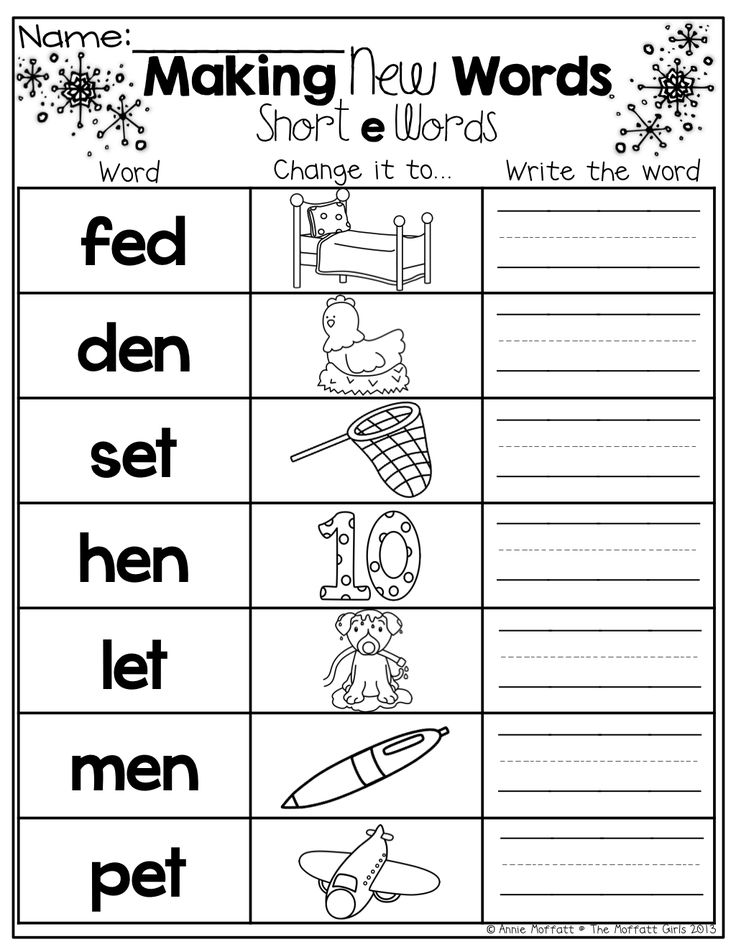 More than once, both in science and in the practice of education, it has been shown that the quantity and quality of emotional, situational-personal communication with an adult significantly affect the timing of the appearance of the first words and speech development in general. Therefore, it should be remembered that by making emotional contact with an infant, we not only entertain him and satisfy existing needs, but also prepare him for future development, including speech development. We have already talked about the organization of emotional communication before; let us dwell in more detail on the second, no less important condition for the development of speech, which is the saturation of the child's experience with audible speech.
More than once, both in science and in the practice of education, it has been shown that the quantity and quality of emotional, situational-personal communication with an adult significantly affect the timing of the appearance of the first words and speech development in general. Therefore, it should be remembered that by making emotional contact with an infant, we not only entertain him and satisfy existing needs, but also prepare him for future development, including speech development. We have already talked about the organization of emotional communication before; let us dwell in more detail on the second, no less important condition for the development of speech, which is the saturation of the child's experience with audible speech.
The child hears human speech all the time. Adults not only address her to the baby, but also talk in his presence; in addition, the sound environment surrounding the modern child is literally saturated with speech sounds - this is a radio, and a TV, and a player, and a tape recorder.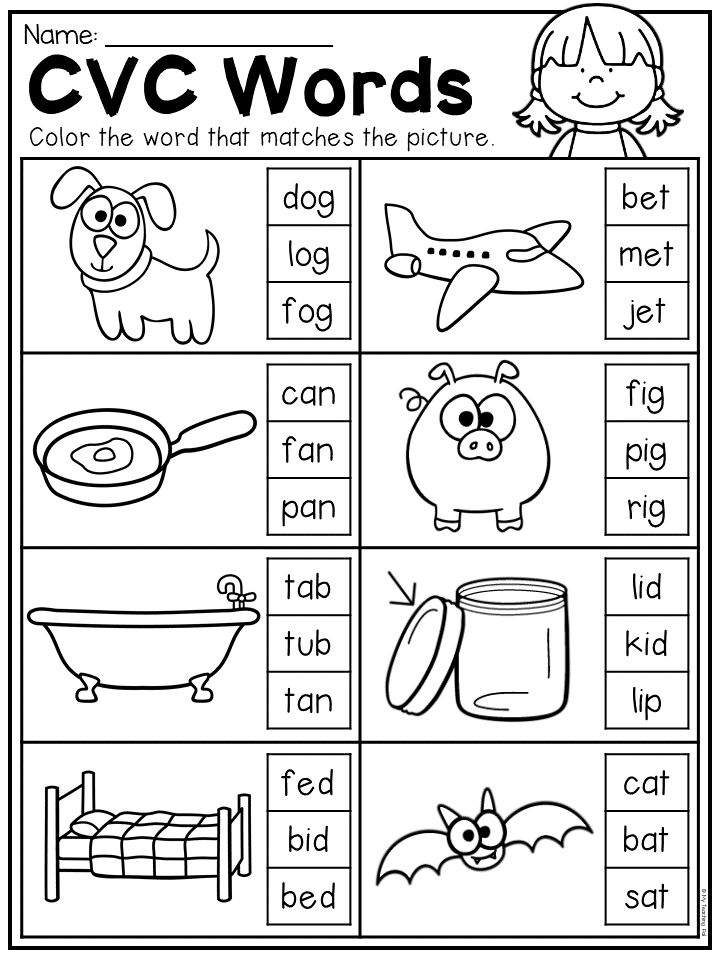 But not always the baby hears and distinguishes speech sounds. Hearing speech has a positive effect on the development of one's own speech only if it is included in communication with a person. It is not enough just to turn on the radio so that the audible sounds compensate the child for loneliness and silence. Unable to analyze loud and unnecessary sounds, he simply ceases to perceive them and may even go deaf for a while, protecting himself from noise he does not understand. Speech perception up to a year and a half must be organized in a certain way.
But not always the baby hears and distinguishes speech sounds. Hearing speech has a positive effect on the development of one's own speech only if it is included in communication with a person. It is not enough just to turn on the radio so that the audible sounds compensate the child for loneliness and silence. Unable to analyze loud and unnecessary sounds, he simply ceases to perceive them and may even go deaf for a while, protecting himself from noise he does not understand. Speech perception up to a year and a half must be organized in a certain way.
To do this, adults do not have to constantly talk to their baby. Try listening to the record together. For 5-7 min. turn on a funny children's story and listen to it with your child, sometimes looking at him. Your concentration and interest will definitely be transferred to him - he will carefully monitor how you listen, and very soon he will learn to listen himself. The baby will have a desire to share his impressions, he will be drawn to a joint perception, trying to turn to an adult with a speech.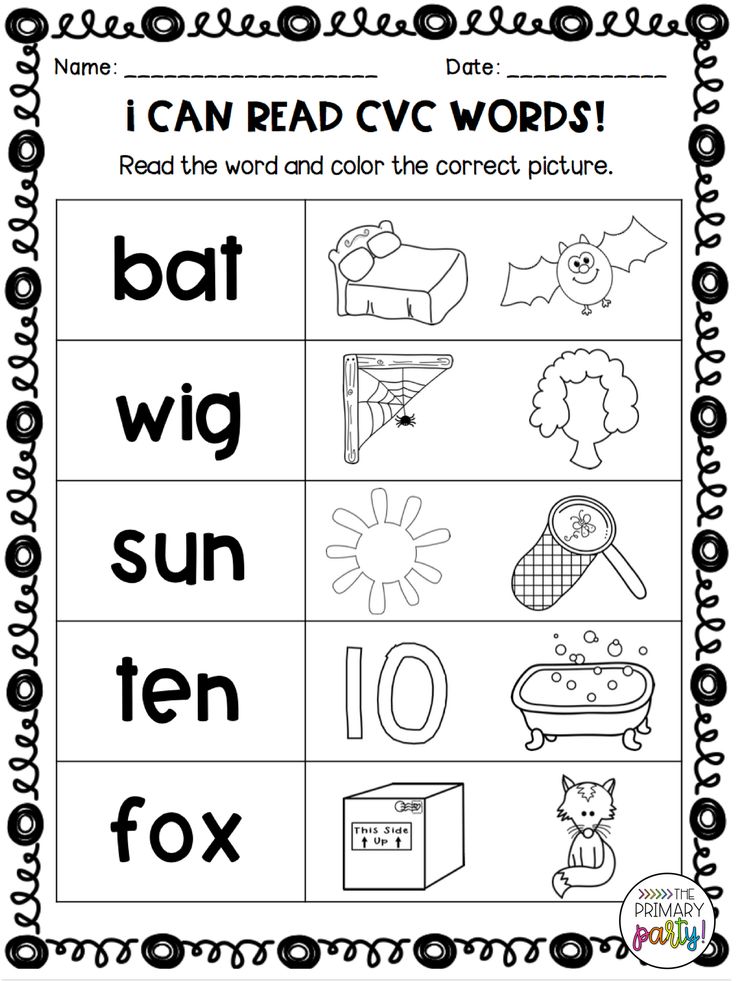 And don't be put off by listening to the same record over and over again. The longer the child perceives the same sounding speech, the more joy he will experience from recognizing familiar sounds, the more he will highlight and recognize them, wait for their appearance. Pay special attention to the small movements of the hand made by the baby while listening. The formation of speech is closely connected with the development of small manual operations, because speech and movements have a similar physiological basis. Sometimes, in order to determine whether a child speaks, it is enough to ask him to show a finger, another one, etc. If he fulfills this simple request, the first active word in his voice repertoire is probably there.
And don't be put off by listening to the same record over and over again. The longer the child perceives the same sounding speech, the more joy he will experience from recognizing familiar sounds, the more he will highlight and recognize them, wait for their appearance. Pay special attention to the small movements of the hand made by the baby while listening. The formation of speech is closely connected with the development of small manual operations, because speech and movements have a similar physiological basis. Sometimes, in order to determine whether a child speaks, it is enough to ask him to show a finger, another one, etc. If he fulfills this simple request, the first active word in his voice repertoire is probably there.
It is also very important that the audible speech arouses in the child the desire to
"talk" himself, to utter babbling sounds reminiscent of real speech. Usually, with the right organization of listening, an explosion of voice activity is observed.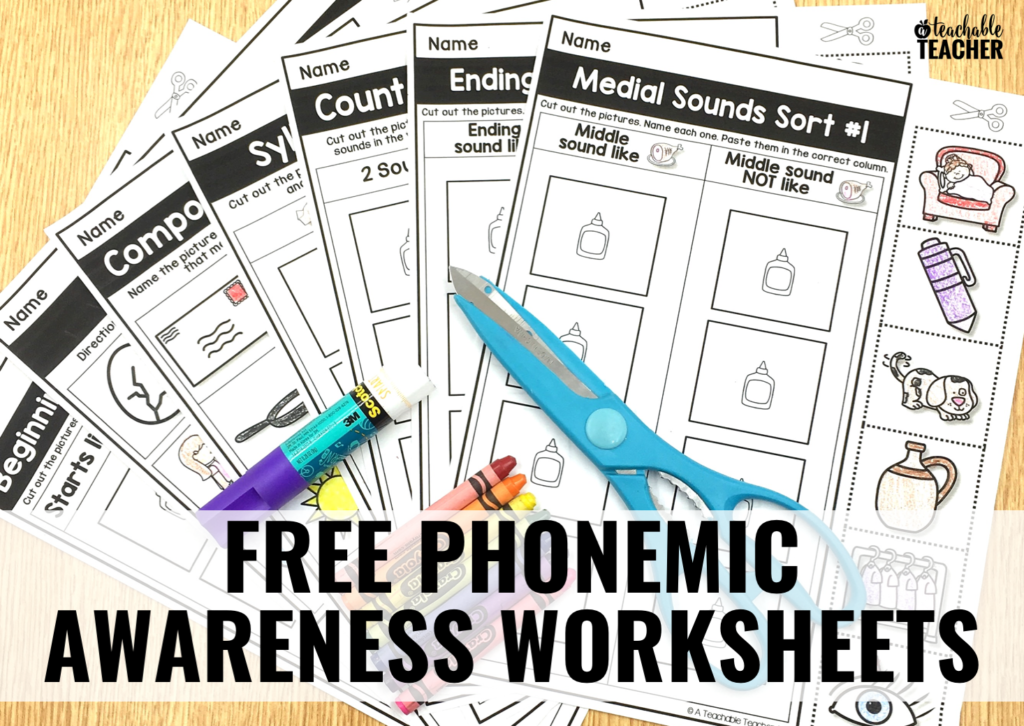 The child, as it were, begins to understand that it is best to communicate with an adult and tell him about his impressions with the help of voice.
The child, as it were, begins to understand that it is best to communicate with an adult and tell him about his impressions with the help of voice.
Thus, audible speech is inseparable for a child from a specific person. Moreover, this person does not have to constantly talk. Sometimes his silent presence is enough. But benevolent attention, eye contact, and concentration on the audible speech are necessary. Outside the presence of a specific living person and without his participation, speech is not perceived by the baby and does not lead to his speech development.
Perceiving speech, the child begins to isolate individual words and distinguish between phonemes of the language - to distinguish words that are close in sound. For the development of phonemic hearing, special games can be played with the baby.
An adult sits down at the table opposite the child, he has two toys in his hands - a Shura doll and a Mura cat. The toys are hidden behind the table. After the adult says the word "Shura", a doll appears on the left side of the table and talks to the baby, and then hides.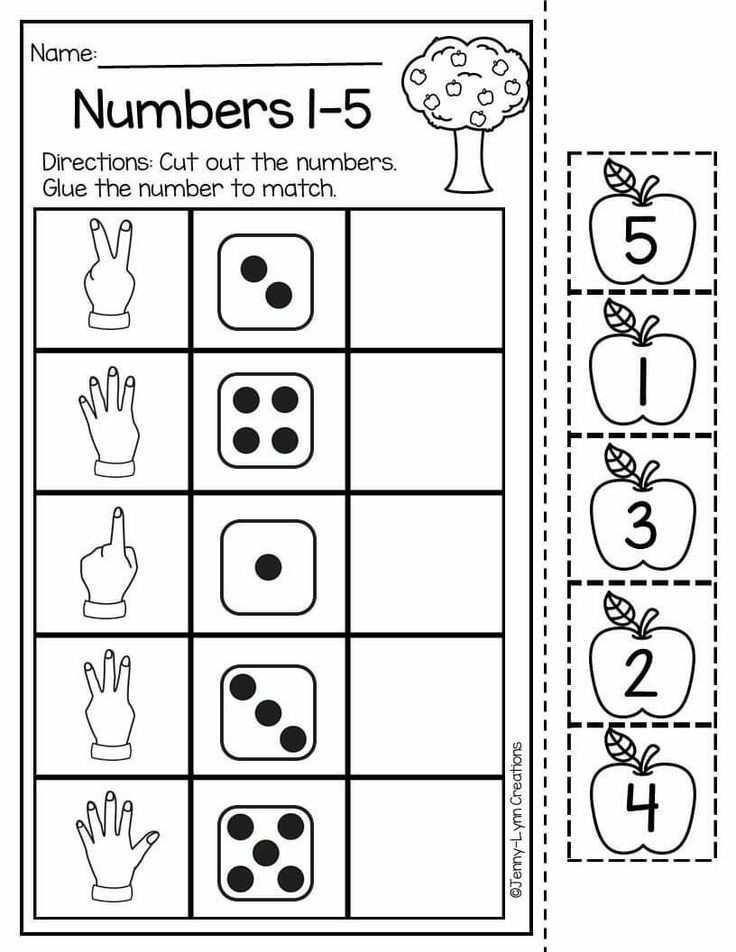 After the word “Mura”, a cat appears on the right side, which also addresses the child, meows and disappears. After several such appearances, the baby already knows that Mura appears on the right, and Shura on the left, and after the appropriate words, if he, of course, distinguishes them, he immediately turns his head in the right direction and waits for the toy to appear. Children really like such games, and soon they begin to call the heroes by name themselves.
After the word “Mura”, a cat appears on the right side, which also addresses the child, meows and disappears. After several such appearances, the baby already knows that Mura appears on the right, and Shura on the left, and after the appropriate words, if he, of course, distinguishes them, he immediately turns his head in the right direction and waits for the toy to appear. Children really like such games, and soon they begin to call the heroes by name themselves.
The third condition for the normal development of speech is the formation of objective activity of the child and his business cooperation with adults. In order for the child to start talking on his own initiative, he must have a need for this. It consists of the need to communicate with an adult and the need for some object. Neither one nor the other in itself leads to the word. The kid can successfully communicate with an adult without any words, exchanging smiles and vocalizations, he can also play with toys for a long time without feeling any need to name them if the adult does not create such a need. It is he who puts the task of saying something before the child. And the need for substantive cooperation and communication encourages the baby to accept this task and say the right word.
It is he who puts the task of saying something before the child. And the need for substantive cooperation and communication encourages the baby to accept this task and say the right word.
If a child likes to work with objects, is drawn to an adult and to joint activities with him, if he listens attentively to adults and repeats individual words, we can assume that he is ready for active speech and will soon speak. However, even in this case, the transition to active speech may be somewhat delayed.
To activate the child's speech ability, you can conduct a kind of training with him. Try to move the desired and attractive toy for the baby so that he himself could not reach it. This, of course, will cause the child's desire to get the desired item. In response to the baby's attempts to reach the toy, clearly pronounce its name "lyalya", or "tic-tac", or "misha". Do not give the child a toy until he himself calls it a word. At first, the baby will struggle to reach for the object and express his impatience. Then his efforts will switch to an adult: he will point his finger at an object and try to beg him with his angry babble: "Give-give-give". And only at the third stage there will be an attitude to the word. This will manifest itself primarily in the fact that the child will begin to look at the lips of an adult and listen to the word that he pronounces. Therefore, it is important to speak the word clearly, with pronounced and even exaggerated articulation, so that the baby immediately notices the movement of the lips. The concentration of the child on the articulatory apparatus is an important sign that the word has stood out in his mind and has become the subject of attention, which means that he himself is about to pronounce it. The child’s own pronunciation of a new word brings so much joy that he begins to repeat it over and over and sometimes even prefers word play to a desired toy.
Then his efforts will switch to an adult: he will point his finger at an object and try to beg him with his angry babble: "Give-give-give". And only at the third stage there will be an attitude to the word. This will manifest itself primarily in the fact that the child will begin to look at the lips of an adult and listen to the word that he pronounces. Therefore, it is important to speak the word clearly, with pronounced and even exaggerated articulation, so that the baby immediately notices the movement of the lips. The concentration of the child on the articulatory apparatus is an important sign that the word has stood out in his mind and has become the subject of attention, which means that he himself is about to pronounce it. The child’s own pronunciation of a new word brings so much joy that he begins to repeat it over and over and sometimes even prefers word play to a desired toy.
Only after passing through these three stages, children of one and a half to two years old begin to actively pronounce the word in their independent activity. If the child stops at the first stage and seeks only to master the toy, touch or twist it in his hands, the naming of the object will not occur. So, it is necessary to draw his attention to the sounding word. Games like “Tell Tick-Tock”, “Tell Misha”, etc. are useful here. Although they do not lead to independent speech, direct copying of the sample, they arouse interest in the moving lips of an adult, in his articulation and help to establish a connection between the word and the object thus preparing for naming.
If the child stops at the first stage and seeks only to master the toy, touch or twist it in his hands, the naming of the object will not occur. So, it is necessary to draw his attention to the sounding word. Games like “Tell Tick-Tock”, “Tell Misha”, etc. are useful here. Although they do not lead to independent speech, direct copying of the sample, they arouse interest in the moving lips of an adult, in his articulation and help to establish a connection between the word and the object thus preparing for naming.
The purpose of such activities is to create the need to name an object with a word. Quite often, a delay in speech development is connected precisely with the fact that parents satisfy absolutely all the desires of the baby, guessing them at first sight or sound. One can recall a well-known anecdote about a boy who was silent until the age of five and whom his parents considered dumb, but one day at breakfast he said that the porridge was not sweet enough. When surprised parents asked why he hadn't said anything before, he replied that everything was fine before.
So, the preparation for active speech is to create in the child the need for the word. Many parents, in order for the child to speak more quickly, try to give him more verbal patterns: “Say the clock, say the spoon ...”, etc. And to the great joy of adults, many babies already at eight to ten months begin to clearly repeat certain words after the adult and even expressions, striking everyone with their "extraordinary abilities." Such games develop the child's imitation of a sound pattern. For a long time, it was considered that imitation is almost the only source of speech development, and such “say” games are the main teaching method. However, despite the impressive simplicity of this method, its effectiveness for correct speech development is highly questionable. A more careful analysis shows that there is no direct connection between imitation and active speech. A child can easily reproduce this or that word, but at the same time never use it independently in a real, live situation. In addition, imitation in children of this age is often delayed: the baby can repeat the word only after some time, when even an adult forgets that he himself taught the child to him. Very often, persistent attempts by adults to achieve repetition from the baby end in nothing. For example, a child utters a completely different phrase in response: he is asked to say “lamp”, and he says “bul-bul” - or says nothing at all. And only a week later, or even more, under completely different circumstances, this word suddenly appears in his speech.
In addition, imitation in children of this age is often delayed: the baby can repeat the word only after some time, when even an adult forgets that he himself taught the child to him. Very often, persistent attempts by adults to achieve repetition from the baby end in nothing. For example, a child utters a completely different phrase in response: he is asked to say “lamp”, and he says “bul-bul” - or says nothing at all. And only a week later, or even more, under completely different circumstances, this word suddenly appears in his speech.
It turns out that the connection between the word and imitation is far from being direct and not simple. The reproduction of a speech sound is not yet the child's own word. At the same time, the first words of the baby, as we have already said, very often are completely different in their sound from the words of adults. Nevertheless, imitation is a necessary condition for mastering speech. After all, children always speak the same language as their parents, using the same words and the same sounds. But these sounds are not just mechanically repeated, but express and reflect the child's own impressions, his actions, his attitudes, thanks to which they become his own words, and not a repetition of the speech sounds of an adult. Therefore, trying to help the baby speak faster, adults should take care not only and not so much about the correct pronunciation of words, but above all, strive to ensure that he perceives the world and expresses his impressions through human speech.
But these sounds are not just mechanically repeated, but express and reflect the child's own impressions, his actions, his attitudes, thanks to which they become his own words, and not a repetition of the speech sounds of an adult. Therefore, trying to help the baby speak faster, adults should take care not only and not so much about the correct pronunciation of words, but above all, strive to ensure that he perceives the world and expresses his impressions through human speech.
Below we present several speech development techniques that can be used with children from one to three years of age. All of them are based on the inclusion of speech in the activity of the child, in his communication with adults and in the perception of various impressions.
Joint examination of objects. An adult and a child are watching something. At the same time, the adult expressively describes everything that the baby sees. For example: “Look, what a kitty, what paws she has, a ponytail, touch what a gray coat she has, a kitty sits calmly, let's call her:“ Kitty-kitty, come here . .. ” Or: “Look, what kind of machine ! She has wheels, doors, windows, she can ride on the table. Let's take it for a drive... the car has gone, let's say together: "The car has gone." It is important to combine the examination of objects with the active actions of the child, so that the word is associated with the object and with the action. It is necessary that children have the opportunity to show their activity: perform simple movements, pronounce familiar and unfamiliar words. Any manifestations of activity and interest in the subject must be supported and encouraged.
.. ” Or: “Look, what kind of machine ! She has wheels, doors, windows, she can ride on the table. Let's take it for a drive... the car has gone, let's say together: "The car has gone." It is important to combine the examination of objects with the active actions of the child, so that the word is associated with the object and with the action. It is necessary that children have the opportunity to show their activity: perform simple movements, pronounce familiar and unfamiliar words. Any manifestations of activity and interest in the subject must be supported and encouraged.
Reading nursery rhymes. An adult repeatedly repeats a simple rhyme, a nursery rhyme or a fairy tale to a child (“Ladushki”, “Magpie-Crow”, children's poems by A. Barto, “Turnip”, “Rocked Hen”, etc.). When the text is already well known to children, pauses can be made at the end of each line to encourage the child to pronounce the missing words. For example: “I love my ... horse” or “Once upon a time there was a grandfather .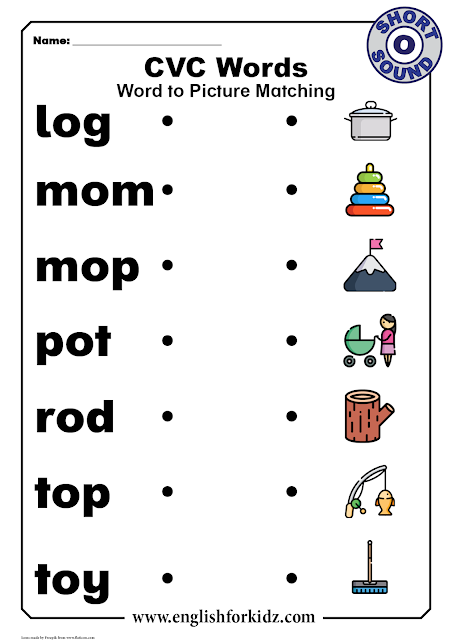 .. and a woman”, etc. This turns out to be a kind of dialogue in which the child prompts the adult with the right word. Usually, such an arrangement of words brings great pleasure to the baby.
.. and a woman”, etc. This turns out to be a kind of dialogue in which the child prompts the adult with the right word. Usually, such an arrangement of words brings great pleasure to the baby.
Acquaintance with a new word. A new word denoting an action is introduced in combination with familiar words denoting the object or subject of the action. This technique enhances interest in the word and reinforces certain phrases. For example, the word “pecks”: “Sasha eats, and the chicken pecks, and the chickens peck, and the sparrows peck ... This is how they peck ... What is the chicken doing? Show how she pecks ... ”, etc. This technique must be accompanied by viewing appropriate pictures or actions with toys so that the new word is not divorced from its meaning.
Looking at pictures. An adult, together with a child, examines a picture that depicts familiar characters and situations. "Who is this? And who is this? the adult asks. – What does he do? Where is the bird? Show the tree, etc.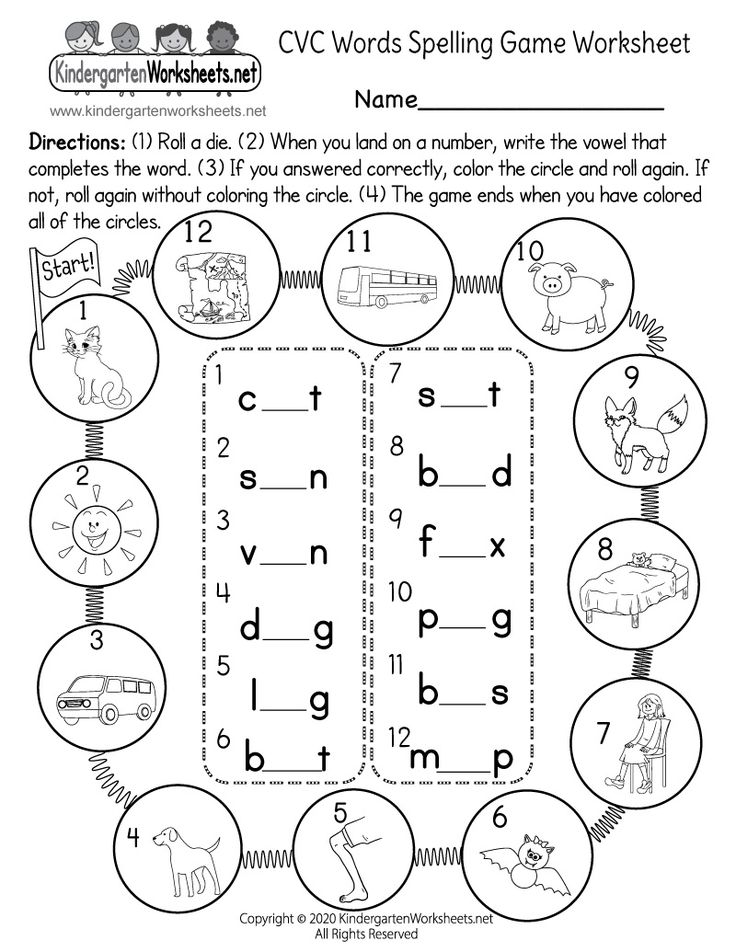 If the baby is silent, you can suggest an answer, but still make sure that after that the child answers himself, looking at the same picture. In the third year of life, questions can be more difficult, such as: “Where did the boy go? Where is the bird sitting? etc.
If the baby is silent, you can suggest an answer, but still make sure that after that the child answers himself, looking at the same picture. In the third year of life, questions can be more difficult, such as: “Where did the boy go? Where is the bird sitting? etc.
Instructions requiring response-action. An adult asks to find, bring or show something. The complexity of such an instruction depends on the level of development of the child's speech, both passive and active: the instruction must be understandable and accessible, and at the same time require concentration and not be carried out mechanically. The simplest requests are to bring a toy when this toy is in plain sight and nothing distracts the child's attention. More difficult are the orders to find and bring a toy that is among others (two, then three). It is even more difficult to find an item if it is not in the most visible place, but somewhere to the side and the assignment requires a targeted search. Subsequent tasks may include the search for not one, but two objects: “First bring the bear, and then the ball.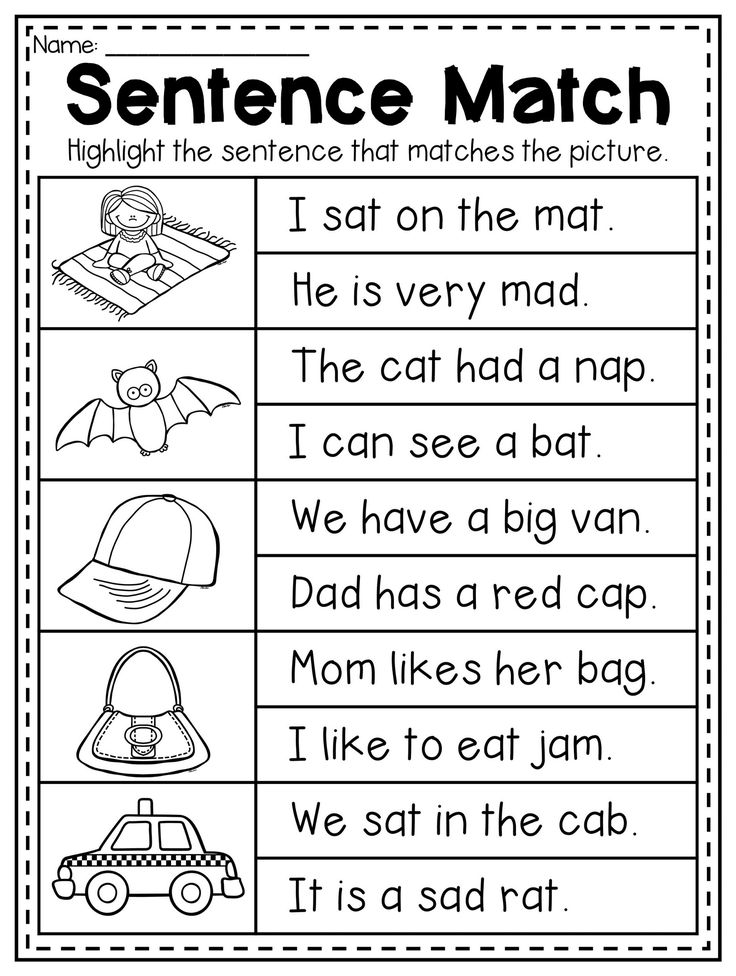 ” So, gradually complicating the instructions, you can teach the child to regulate his actions with a word. Such an action according to instructions is more conscious and arbitrary than spontaneous movements, because in order to fulfill the instruction, the child must hold the word of an adult for some time. The repetition of this word can help him in this. It is desirable that the baby himself repeats what he needs to bring, and when he completes the assignment, he says that he brought it.
” So, gradually complicating the instructions, you can teach the child to regulate his actions with a word. Such an action according to instructions is more conscious and arbitrary than spontaneous movements, because in order to fulfill the instruction, the child must hold the word of an adult for some time. The repetition of this word can help him in this. It is desirable that the baby himself repeats what he needs to bring, and when he completes the assignment, he says that he brought it.
Of course, this kind of instructions can only be given if the child is able and willing to carry them out and if the execution brings him pleasure. If the baby refuses and does not respond to the requests of an adult, you cannot demand and force him to fulfill them.
Sound indication of actions. This technique is very important for building a sound image of your actions. It lies in the fact that the child's favorite actions are indicated and accompanied by certain sounds. For example, when a baby draws raindrops with strokes, he can say: “Drip-drip-drip”, when he runs or dances: “Top-top”, when he knocks with a toy hammer: “Knock-knock”, etc.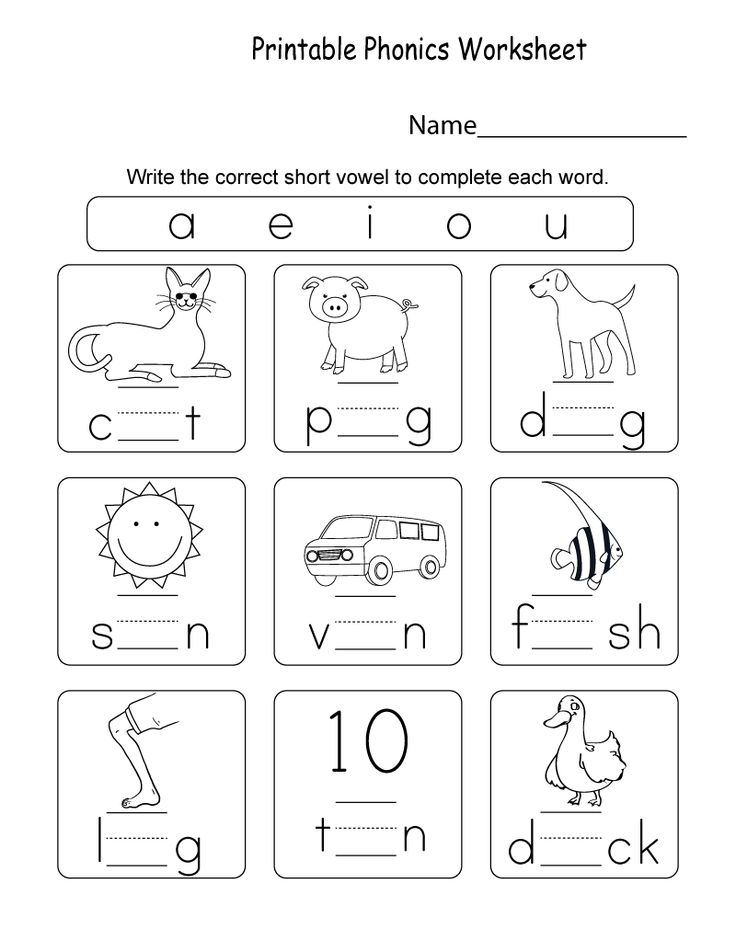 At first, such a sound designation comes from an adult, then the child repeats the appropriate sounds after him, and together they accompany the sounds of the action, and then the baby himself simultaneously acts and makes sounds.
At first, such a sound designation comes from an adult, then the child repeats the appropriate sounds after him, and together they accompany the sounds of the action, and then the baby himself simultaneously acts and makes sounds.
Voice accompaniment of actions. This technique is a more complex version of the previous one. It lies in the fact that the child accompanies his actions no longer with a complex of sounds, but with a detailed speech. Of course, up to three years, speech samples are given by an adult. It is good to use folk games here, in which a simple and constantly repeating poetic text suggests what needs to be done and in what sequence. An example of such a game is "Bunny". An adult, together with the children, becomes in a circle, sings a song and shows the appropriate movements:
Zainka, stomp your foot,
Grey, stomp your foot,
Like this, like that, stamp your foot,
Like this, like that, stamp your foot!
Children, standing in a circle, stomp their feet.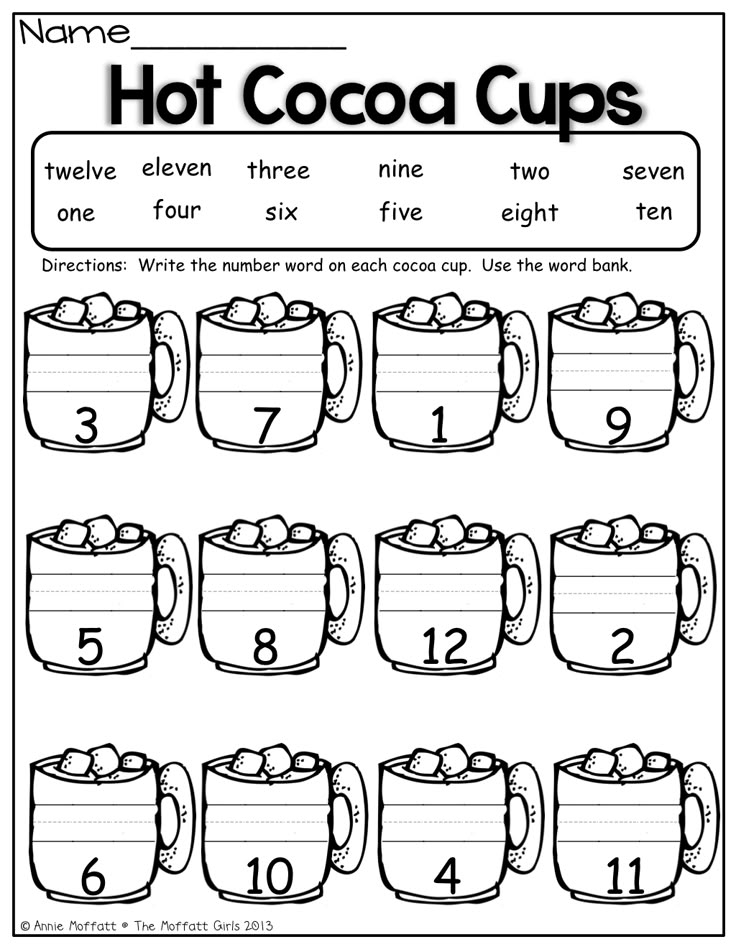
Zainka, clap your hands,
Gray, clap your hands,
Like this, that way, clap your hands,
Like this, that way, clap your hands!
Children clap their hands together with an adult.
Hare, turn around,
Grey, turn around,
Turn around like this, that way,
Turn around like that, that way!
Children turn 1-2 times.
Zainka, dance,
Grey, dance,
Dance like this, dance like that,
Dance like that, like that!
Children jump and dance as best they can.
Hare, take a bow,
Grey, take a bow,
Bow like that, that way,
Bow like that, that way!
Children bow with their arms outstretched.
When playing the game, especially for the first time, the number of verses can be reduced. At first, you can take only the first, second and last verses, then you can add the rest. When the children know the content of the song well, you can choose one of the most courageous and active children and entrust him with the role of a hare, who stands in the center of the circle and performs all the movements in the text of the song.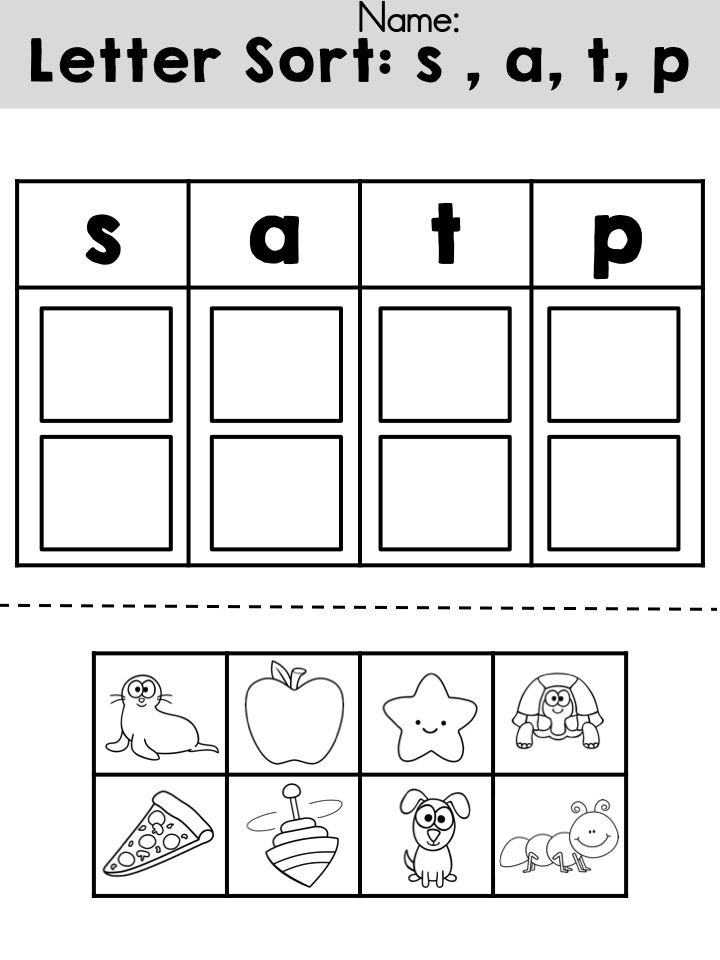
In addition to such games, it is useful to name all the independent actions of the child and ask him questions about them: “Sasha is running, Sasha is dressing, walking, washing ... What is Sasha doing? What does Sasha want? and so on.
Performance toys. A child or several children are immediately shown simple and short scenes with toys. The content of these skits should be very simple and easy to recognize. For example, the dolls run after each other, or the bear fell and cried, or the doll lost the ball and is looking for it. The show must be accompanied by words familiar to the kids, evoke children's attitude towards toys and a desire to help them: take pity on the bear (as mom pities them), help the doll find the ball, etc. Immediately after the scene, you can ask the kids what they saw. With the help of questions and tips from an adult, in very simple words, a child can convey his impressions of what he saw, for example: “Misha fell, it hurts, cries” or: “Ball bye-bye, where is the ball?” etc.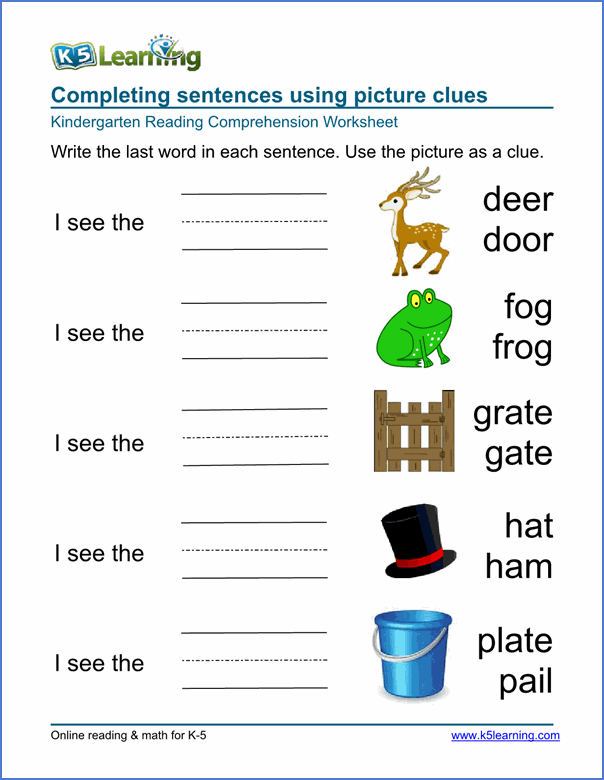 This game is better to use after two years, when there are already enough words in the arsenal of children. Gradually, you can complicate and diversify actions with toys, while the toys themselves are best left the same - soon the child will become attached to them, they will become his favorite, and he himself will be able to play well with them.
This game is better to use after two years, when there are already enough words in the arsenal of children. Gradually, you can complicate and diversify actions with toys, while the toys themselves are best left the same - soon the child will become attached to them, they will become his favorite, and he himself will be able to play well with them.
We have given only a few play techniques that activate the speech of young children. Of course, there can be much more of them, it all depends on your imagination and on the desire to communicate with the child. But all classes that are held with the baby must meet the following requirements:
- they must be interesting for the baby and bring him joy. Forcing a child to do what he does not want and cannot is unacceptable;
- all techniques for the development of speech should be included in the baby's own activities. Words should not be an empty phrase, but must necessarily be based on specific impressions. Passive repetition of words will not lead to the development of active speech; |
- All receptions must be individually addressed.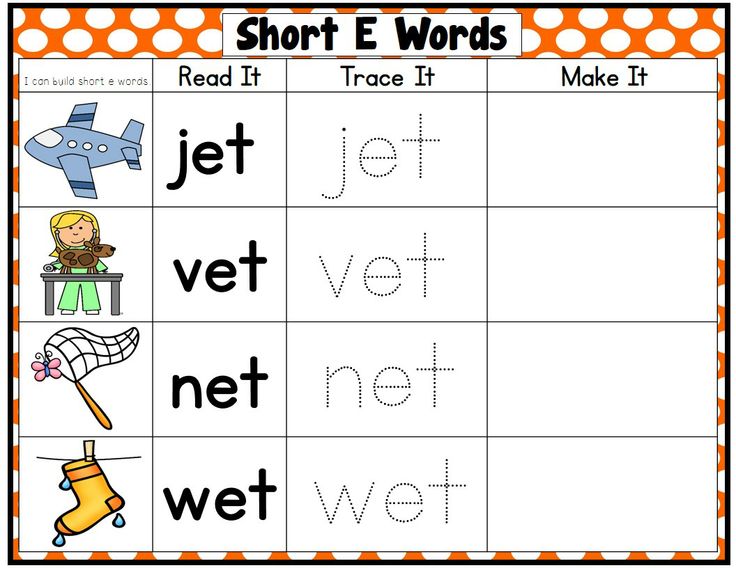 Even if the lesson is held with several children at once, you must be sure that each of them is looking at you and is focused on what you are saying and showing;
Even if the lesson is held with several children at once, you must be sure that each of them is looking at you and is focused on what you are saying and showing;
- classes should be very short - no more than 3-5 minutes. Longer than this time, a child from one to three years old cannot keep his attention on one thing. It is better to repeat the same techniques at different times and in different situations so that children immediately recognize them and understand what is required of them.
The timing and pace of mastering speech is individual for each child. More than once, psychologists have tried to establish how many words children of each age should speak. However, so far these attempts have not ended in anything: there are too large differences between children from one to two years old, which are then smoothed out. By itself, the number of spoken words still says little about the development of speech. It is important that the development of speech goes on the right path.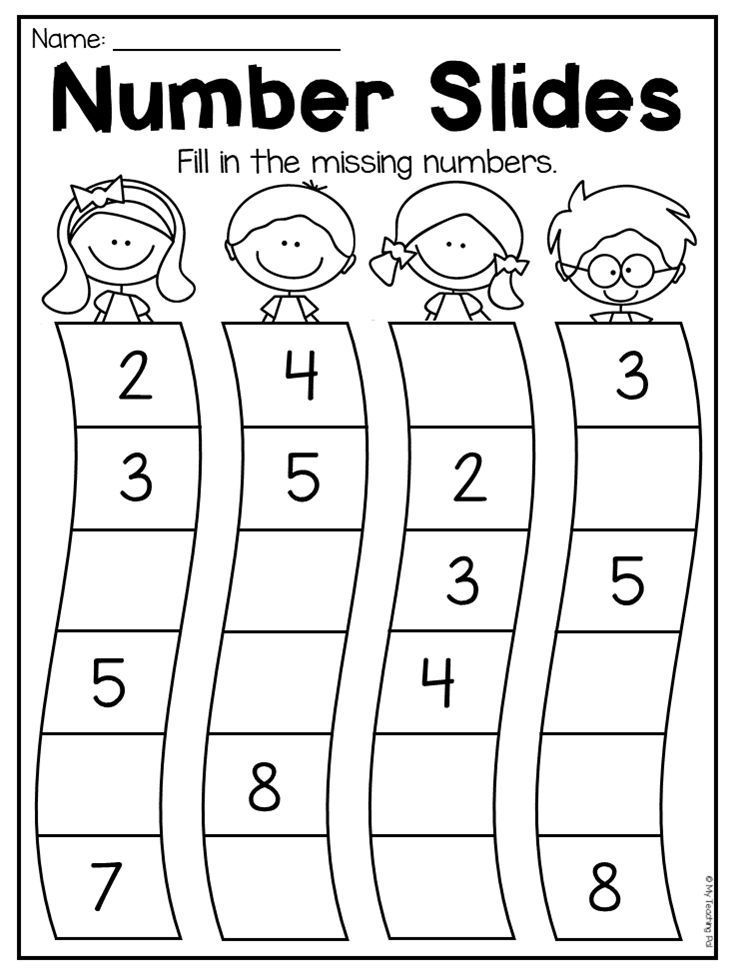 But, if a child under two and a half years old does not utter a single word, you should carefully look at the baby and try to help him speak. And to help, you need to understand why he is silent for so long. After all, the reasons for delaying words can be completely different. We will try to consider the most typical variants of speech difficulties in children of two or three years old and give appropriate recommendations for overcoming them.
But, if a child under two and a half years old does not utter a single word, you should carefully look at the baby and try to help him speak. And to help, you need to understand why he is silent for so long. After all, the reasons for delaying words can be completely different. We will try to consider the most typical variants of speech difficulties in children of two or three years old and give appropriate recommendations for overcoming them.
Delay in the naming stage. A child who easily names surrounding objects with words can stop for a long time only at this level. Naming objects, he does not use speech in his activities and in communicating with people, he replaces speech with movements, gestures, demanding exclamations. Such children prefer silent games that do not require contact with people. This usually happens when a word is pronounced only under the influence of an adult's model. Instead of objective actions and communication with others, the child with pleasure repeats the names of various objects after the adult, and only at these moments does the desire for communication appear.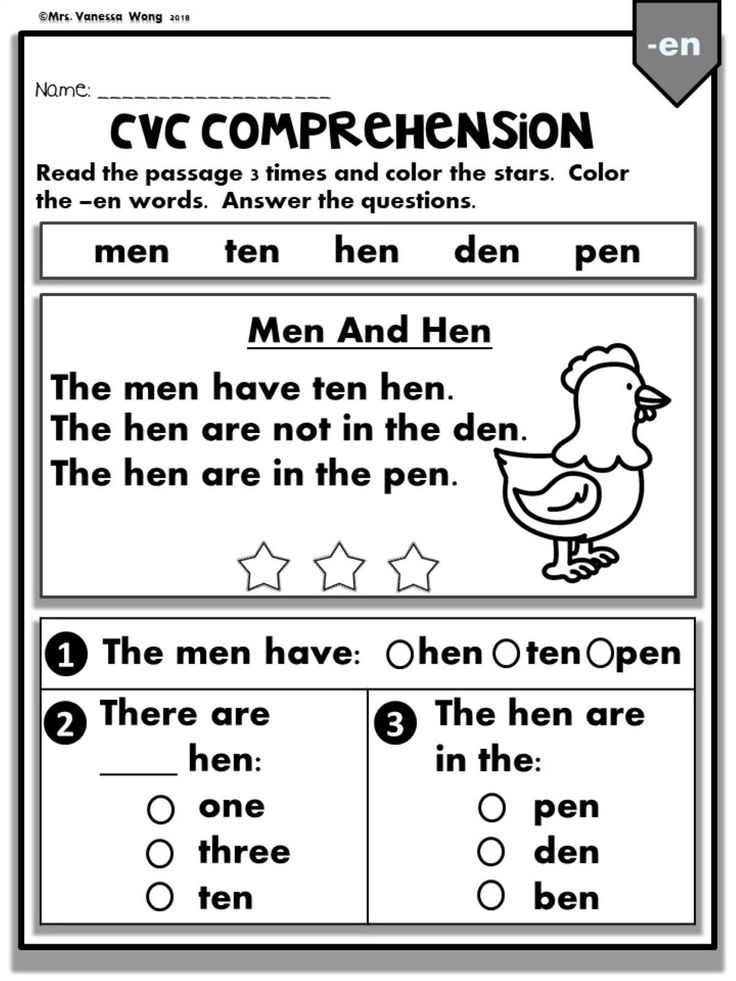 The lack of active speech neuroticizes the baby, he becomes capricious, expresses his dissatisfaction with crying and screaming.
The lack of active speech neuroticizes the baby, he becomes capricious, expresses his dissatisfaction with crying and screaming.
In this case, adults are required to develop several aspects of the child's activity at once. First, it is necessary to include the active use of speech in objective actions. To do this, you can accompany the display of objective actions with a story. Secondly, you need to organize cooperation with the baby according to the “come on together” type - roll a ball or car to each other, load a toy truck with cubes, etc. And, thirdly, you need to talk with the child as much as possible, but not teach him to speak: read picture books, talk about him and his actions, observe others together.
Delay at the stage of emotional communication with an adult. We have already mentioned the difficulties of this kind, when communication up to two years is reduced to the expression of mutual love, the exchange of caresses, smiles, and the word is literally superfluous, because everything is clear anyway.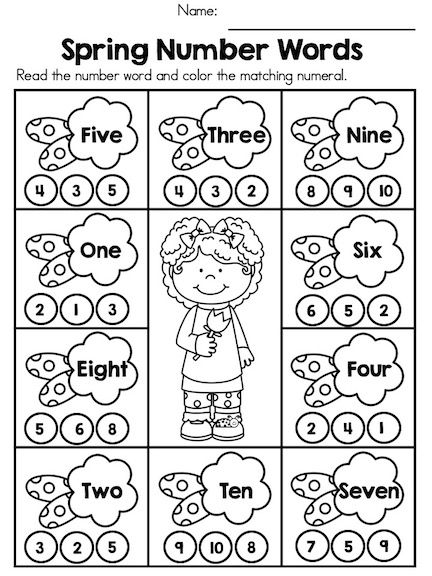 To correct the situation that has arisen and for the emergence of active speech, it is necessary to organize substantive interaction with the baby, the features and organization of which we have already discussed above.
To correct the situation that has arisen and for the emergence of active speech, it is necessary to organize substantive interaction with the baby, the features and organization of which we have already discussed above.
Fetishization of objects can cause new, opposite difficulties in mastering speech. Children are happy to perform endless object manipulations, make vocalizations, show concentration and motor activity, etc. Outwardly, the picture of their behavior looks quite safe, but careful observation shows that they seem to fall out of the situation of communication with others. Such children practically do not pay attention to adults: they do not look them in the eyes, do not fulfill their requests, do not turn themselves with requests or for support. Even the kid expresses his protest somehow especially: he looks into the void or at the toy, but not into the eyes of a person. The lack of necessary connections with people is also manifested in the desire to do everything oneself: an adult as a partner in joint activities, as a person demonstrating patterns of action, is completely unnecessary.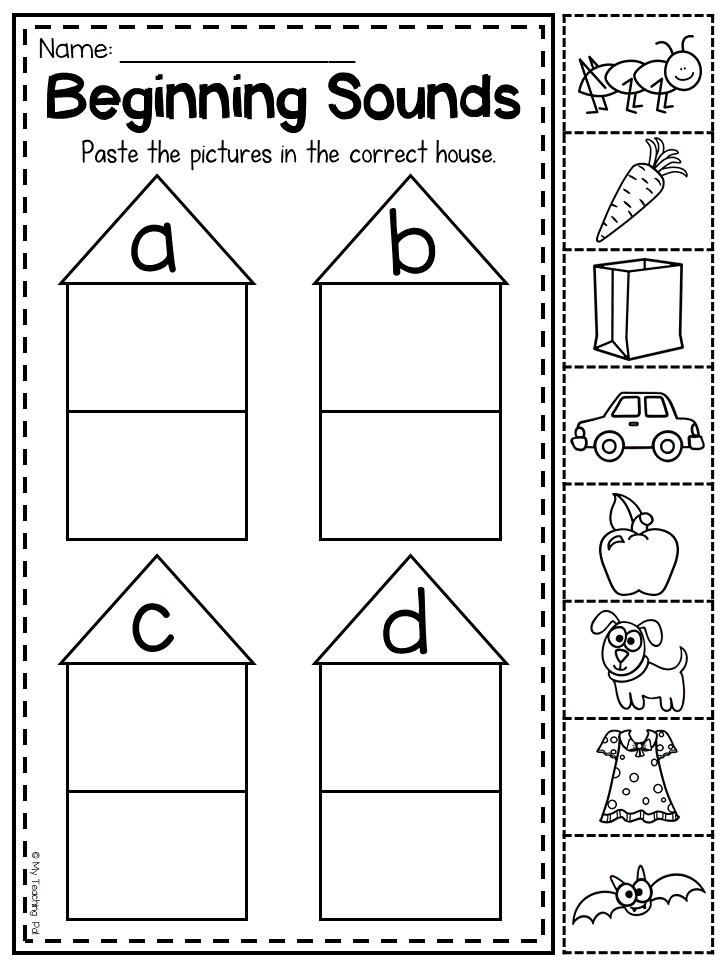 Therefore, the object manipulations of such children, as a rule, are very poor and monotonous, although they are numerous.
Therefore, the object manipulations of such children, as a rule, are very poor and monotonous, although they are numerous.
In this case, one should first of all return to activities based on emotional contact. Gentle stroking on the head, calling the baby by name, positive assessment of all his actions, kind and attentive interaction based on smiles and eye contact can attract a child to an adult. You can also play "baby games" without items; for example, an adult may hide himself or hide the face of a child, and then be delighted when he meets his eyes. You can play Crow Magpie, Ladushki, and other simple games.
How an adult introduces various objects and toys into a child's life is also of great importance. The countless number of toys and items should be reduced to just a few. The remaining objects and actions with them should, if possible, be given a “human” character: pity the doll, feed it, call it by name, put the driver in the car, treat the monkey or put it to sleep, etc.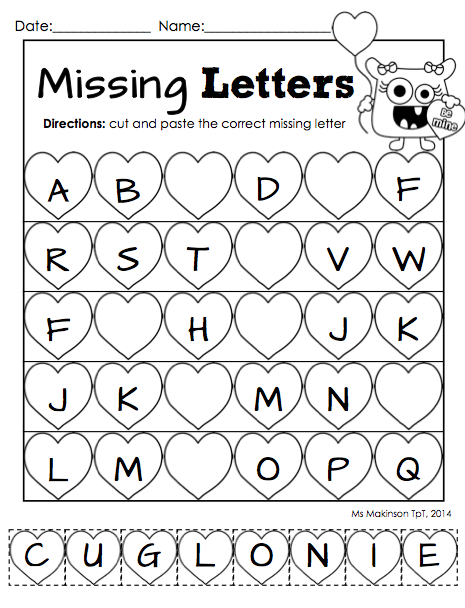
Very useful games that cannot be played alone. If the child does not show any interest in cooperation, try in his presence to organize a joint game with another partner. Two adults can roll the same ball to each other, rejoicing and rejoicing like a child. Most likely, the baby will immediately want to take the place of one of the adults. Imitation games are also useful in this case. An adult speaks in the presence of a baby for different animals, and the child, becoming infected with the general situation, repeats the words after him.
If all efforts turn out to be useless and the child continues to monotonously deal with objects without paying attention to adults, this is a serious symptom of autism, a mental illness that has recently become increasingly common in our children. In these cases, you need to try to show the baby to specialists.
Children's words can interfere with the development of normal, normalized speech. The reason for the use of specific children's words like “boo-boo”, “hatch”, “nyaka” is that the correct pronunciation is still difficult due to imperfect articulation.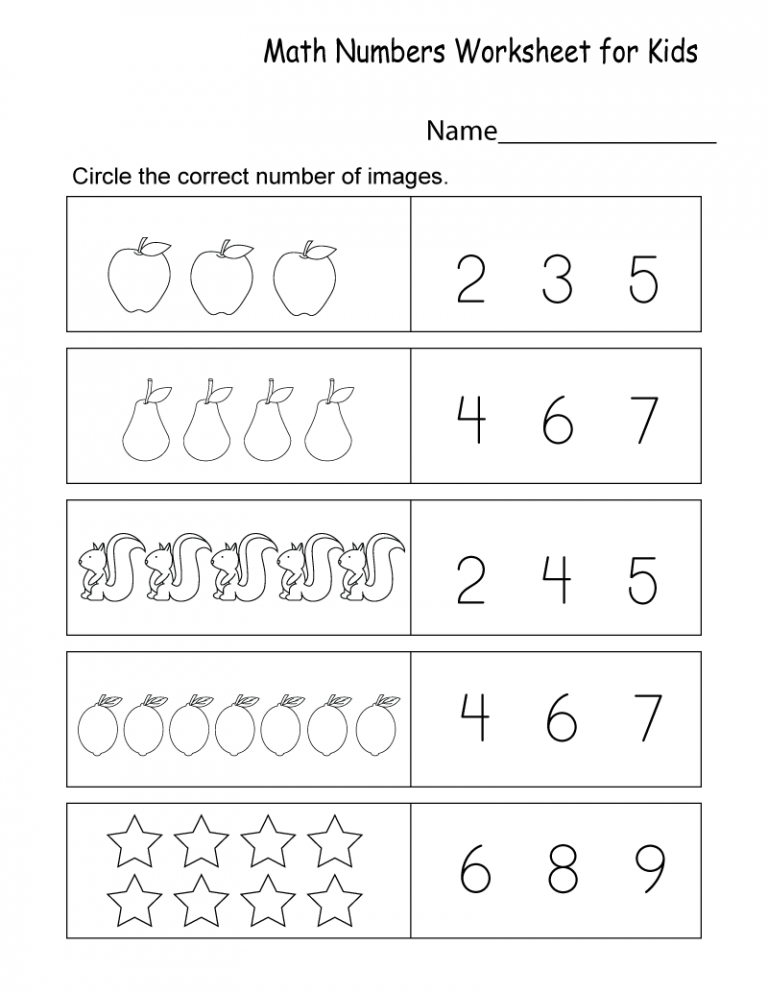 In addition, the child's speech hearing picks out only pieces and most often the endings of the spoken word. Therefore, adults must strictly observe one rule: do not replace the conversation with the baby with the language of "moms and nannies", i.e. do not speak with the help of various “boo-boo” and “yum-yum”, trying to constantly draw his attention to the sound-pronunciation side of speech. When addressing a child, one should pronounce individual words clearly and clearly, looking into his eyes and trying to achieve an intelligible pronunciation from him. The baby's attempts to say the word correctly can be very funny. The results of his efforts are not always visible to adults. According to accepted age norms, directives in the pronunciation side of speech are considered possible up to five years. The main thing here is to be patient. Over time, with proper education, inaccurate pronunciation is eliminated by itself. If, even after five years, the child lisps, burrs or distorts other sounds, you need to contact a speech therapist.
In addition, the child's speech hearing picks out only pieces and most often the endings of the spoken word. Therefore, adults must strictly observe one rule: do not replace the conversation with the baby with the language of "moms and nannies", i.e. do not speak with the help of various “boo-boo” and “yum-yum”, trying to constantly draw his attention to the sound-pronunciation side of speech. When addressing a child, one should pronounce individual words clearly and clearly, looking into his eyes and trying to achieve an intelligible pronunciation from him. The baby's attempts to say the word correctly can be very funny. The results of his efforts are not always visible to adults. According to accepted age norms, directives in the pronunciation side of speech are considered possible up to five years. The main thing here is to be patient. Over time, with proper education, inaccurate pronunciation is eliminated by itself. If, even after five years, the child lisps, burrs or distorts other sounds, you need to contact a speech therapist.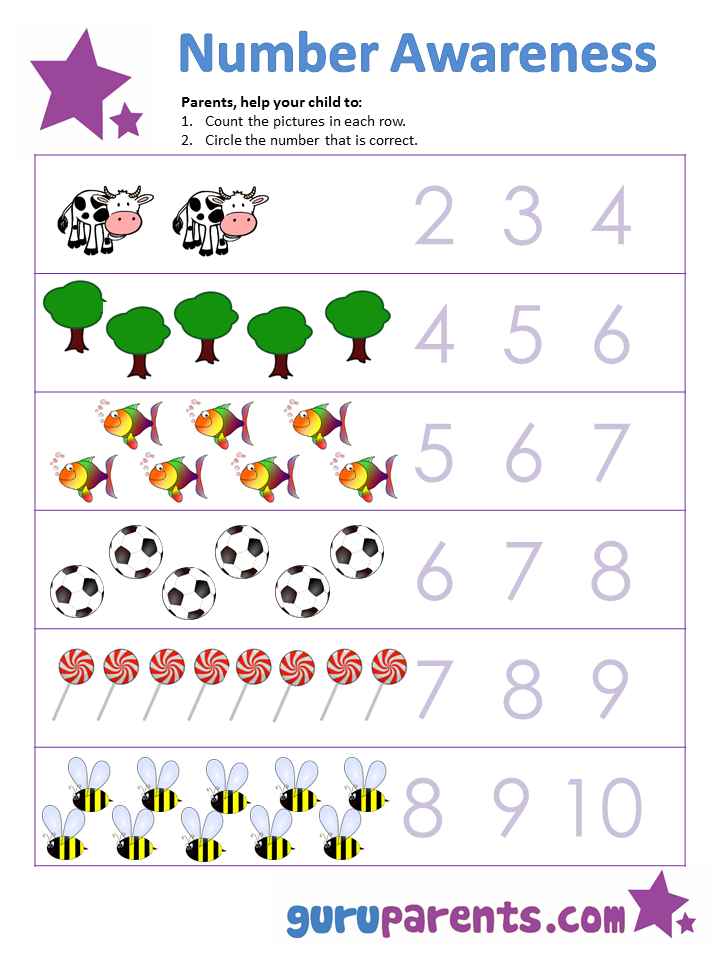 These cuts are easily removed.
These cuts are easily removed.
Swiftness of speech development. This variant of the violation of normal speech development is opposite to all the previous ones. It differs in that the first words of the child not only do not linger, but are ahead of all age norms. Already at the age of one, the baby suddenly begins to speak in almost detailed correct sentences, with good diction, using complex, not at all childish words. How much pride their talking child causes in parents! How nice to demonstrate to friends his extraordinary abilities! They teach him, tell and show him, put on records and read books, and he understands everything and listens with interest. But sometimes such a little child prodigy for some reason does not sleep well, often cries in his sleep, he is tormented by unreasonable fears, he becomes lethargic and capricious. This happens because the baby's weak, still fragile nervous system cannot cope with the flow of information that falls on his head. It is difficult for him to rebuild so quickly and turn from a baby into an adult in a few months.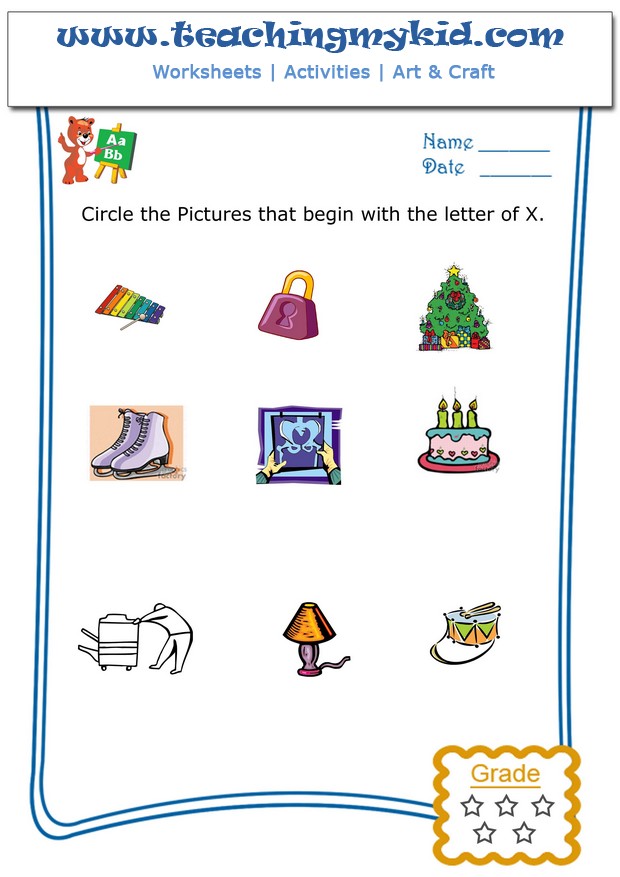 Increased excitability, night fears, whims indicate that the nervous system is tired: it cannot cope with excessive stress. This means that the child needs rest, freedom from unnecessary impressions, primarily speech ones. In order to prevent the development of neurosis, you need to walk more, play simple children's games, accustom peers to society, and in no case overload with new information.
Increased excitability, night fears, whims indicate that the nervous system is tired: it cannot cope with excessive stress. This means that the child needs rest, freedom from unnecessary impressions, primarily speech ones. In order to prevent the development of neurosis, you need to walk more, play simple children's games, accustom peers to society, and in no case overload with new information.
We see that the cases of impaired speech development are very diverse. To use this or that advice, you need to carefully observe the baby, try to understand his interests, know his character and constantly be ready for contacts with him. Of course, for adults who are preoccupied with their own affairs, this is very difficult, because a baby who seeks cooperation is overly active and literally does not give rest. And yet a child from one to two years old, occupying himself, concentrating on objects for a long time and not giving adults any trouble, is an extremely unfavorable phenomenon and inspires fear.